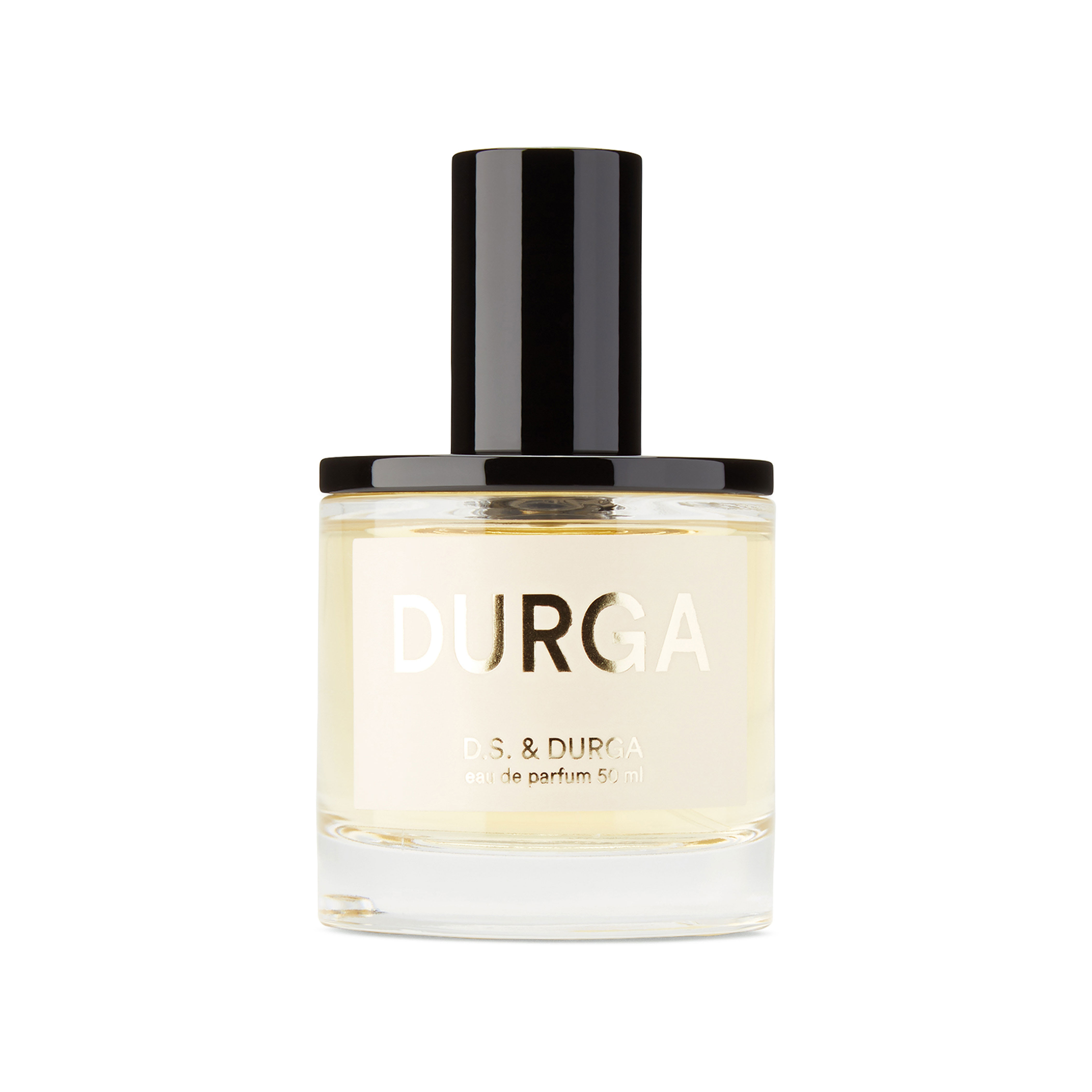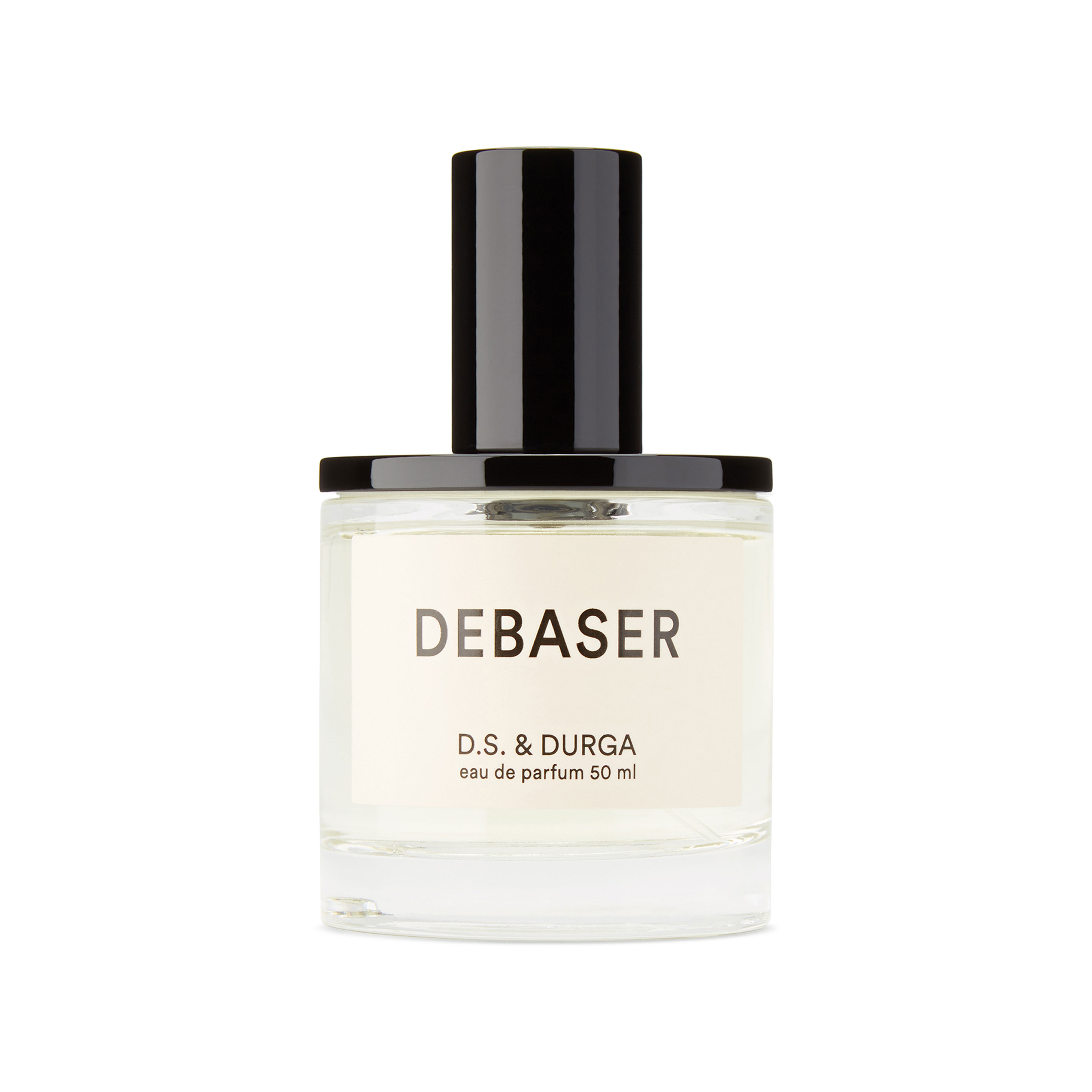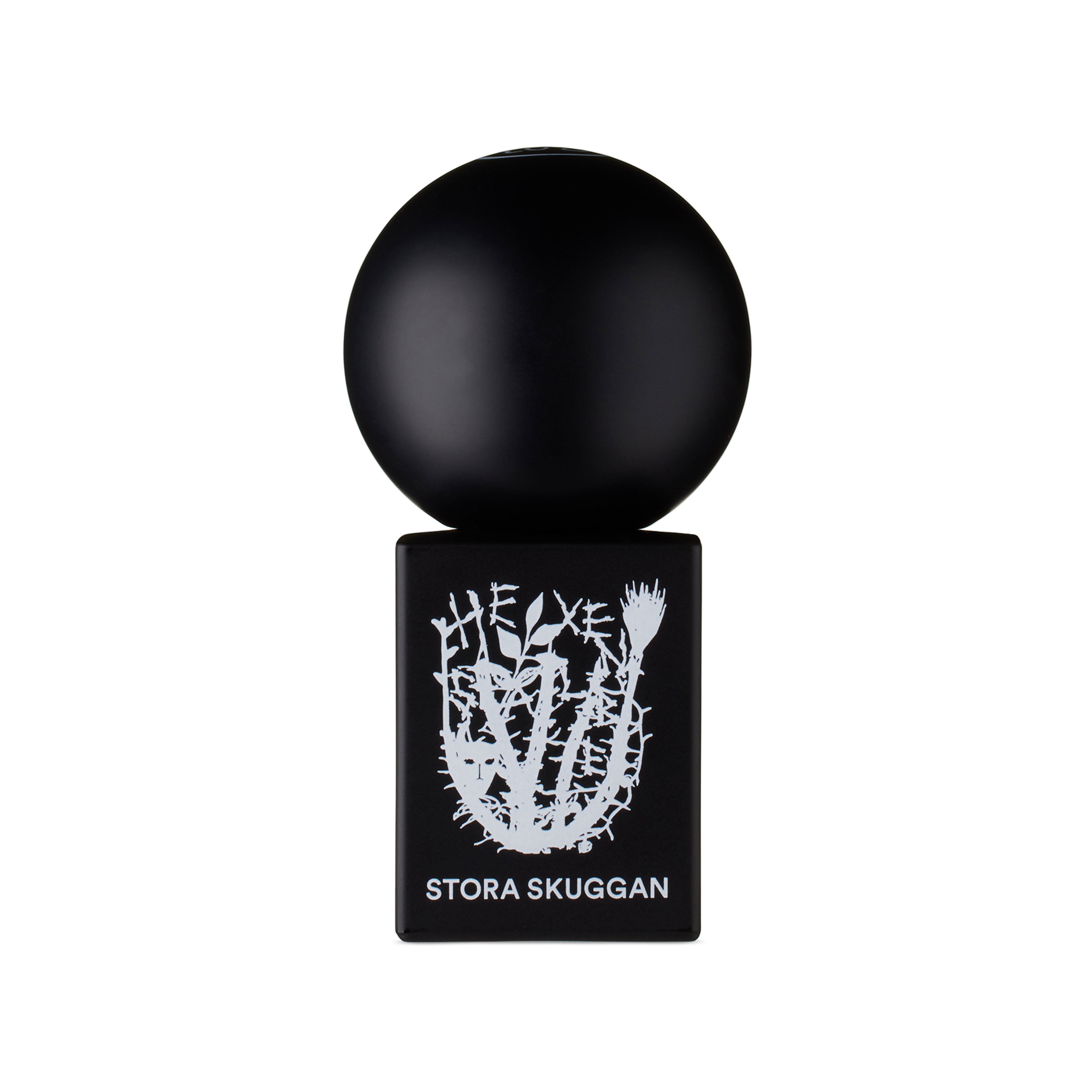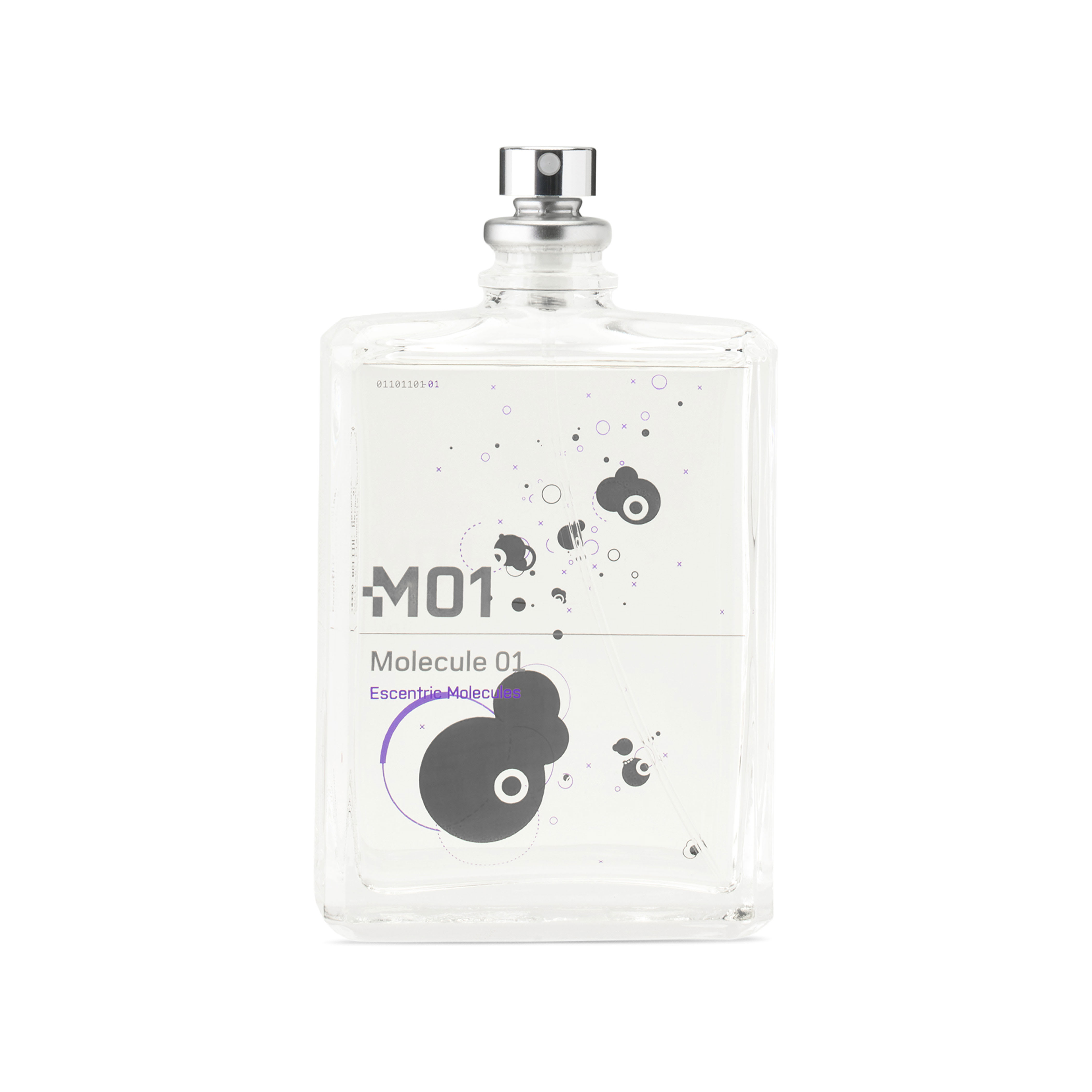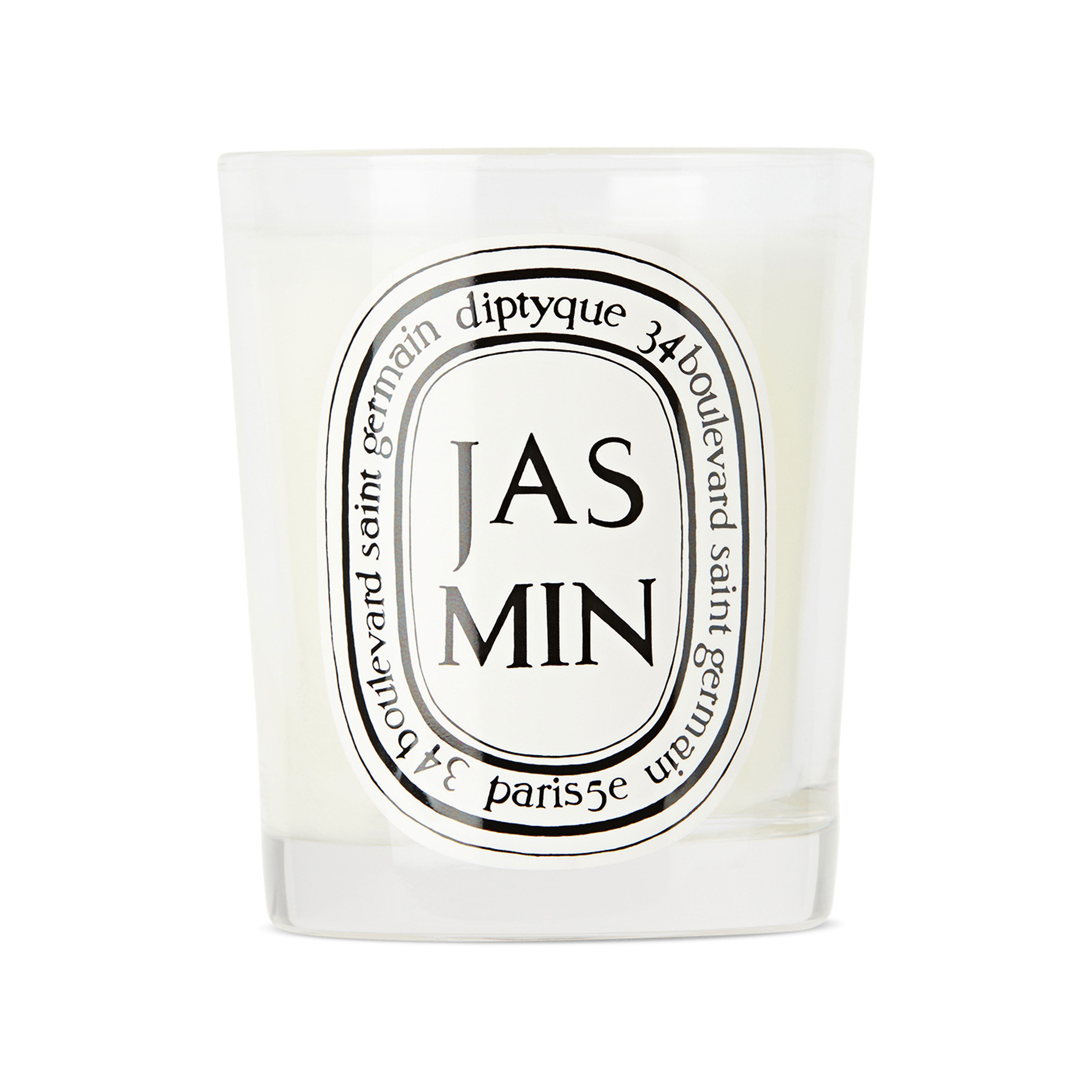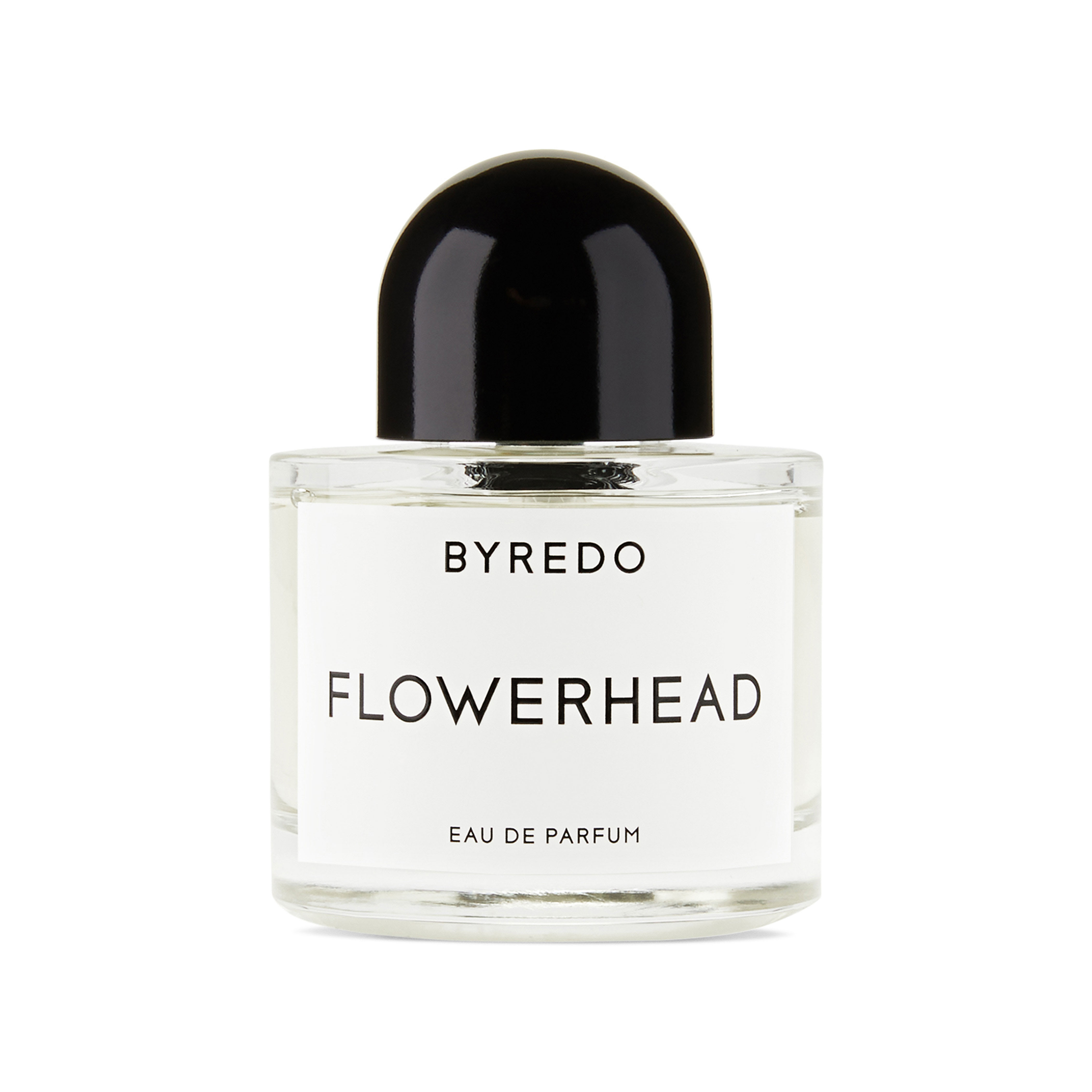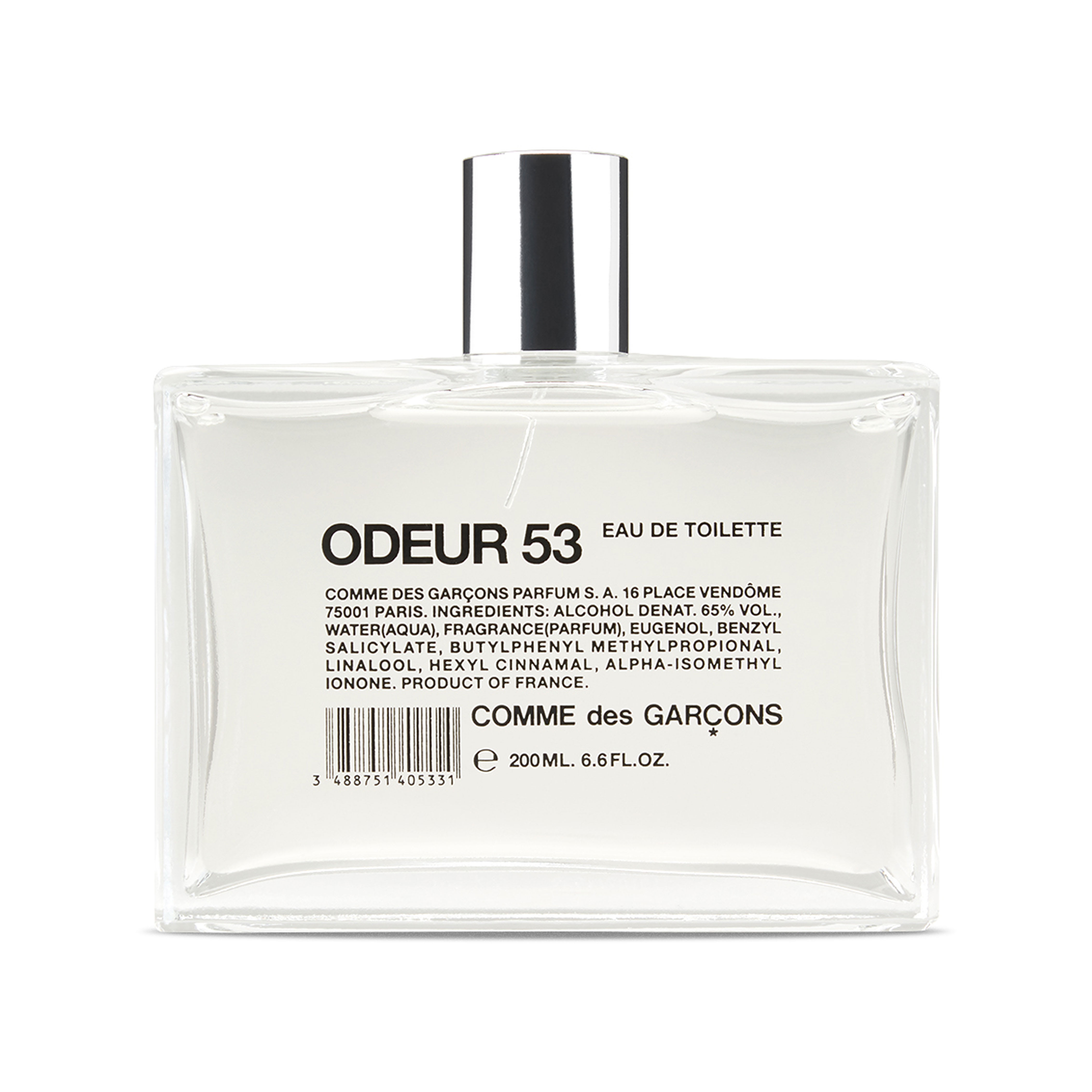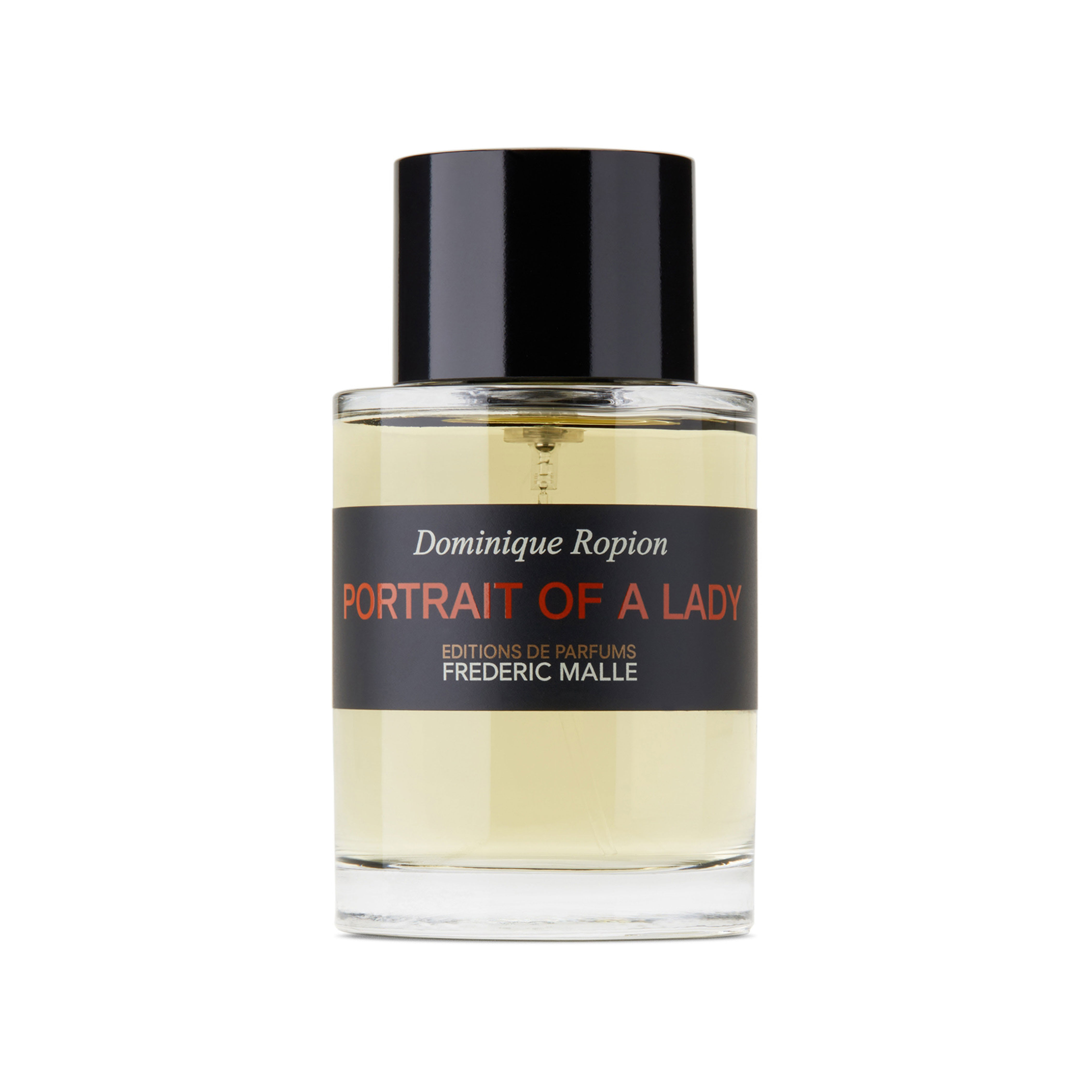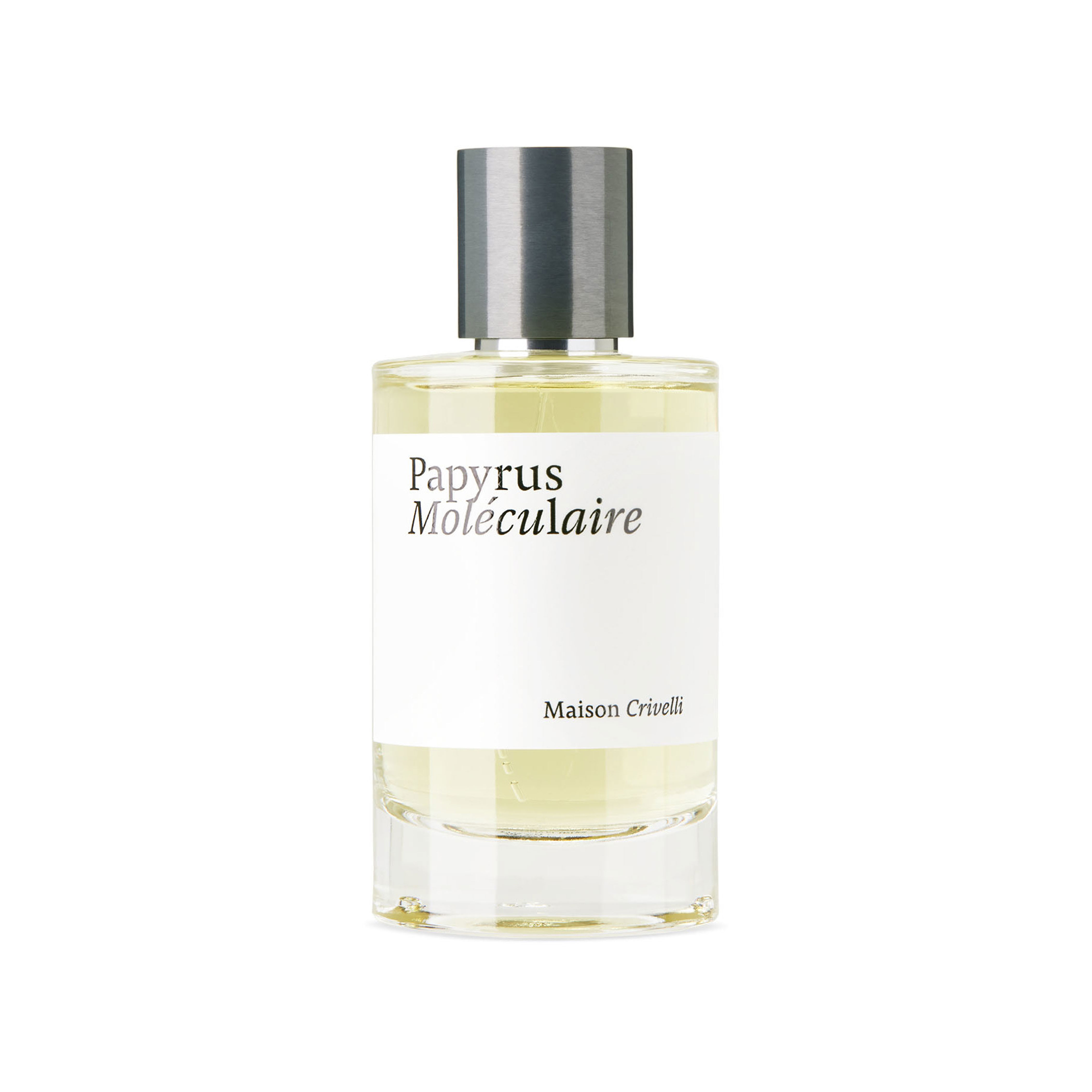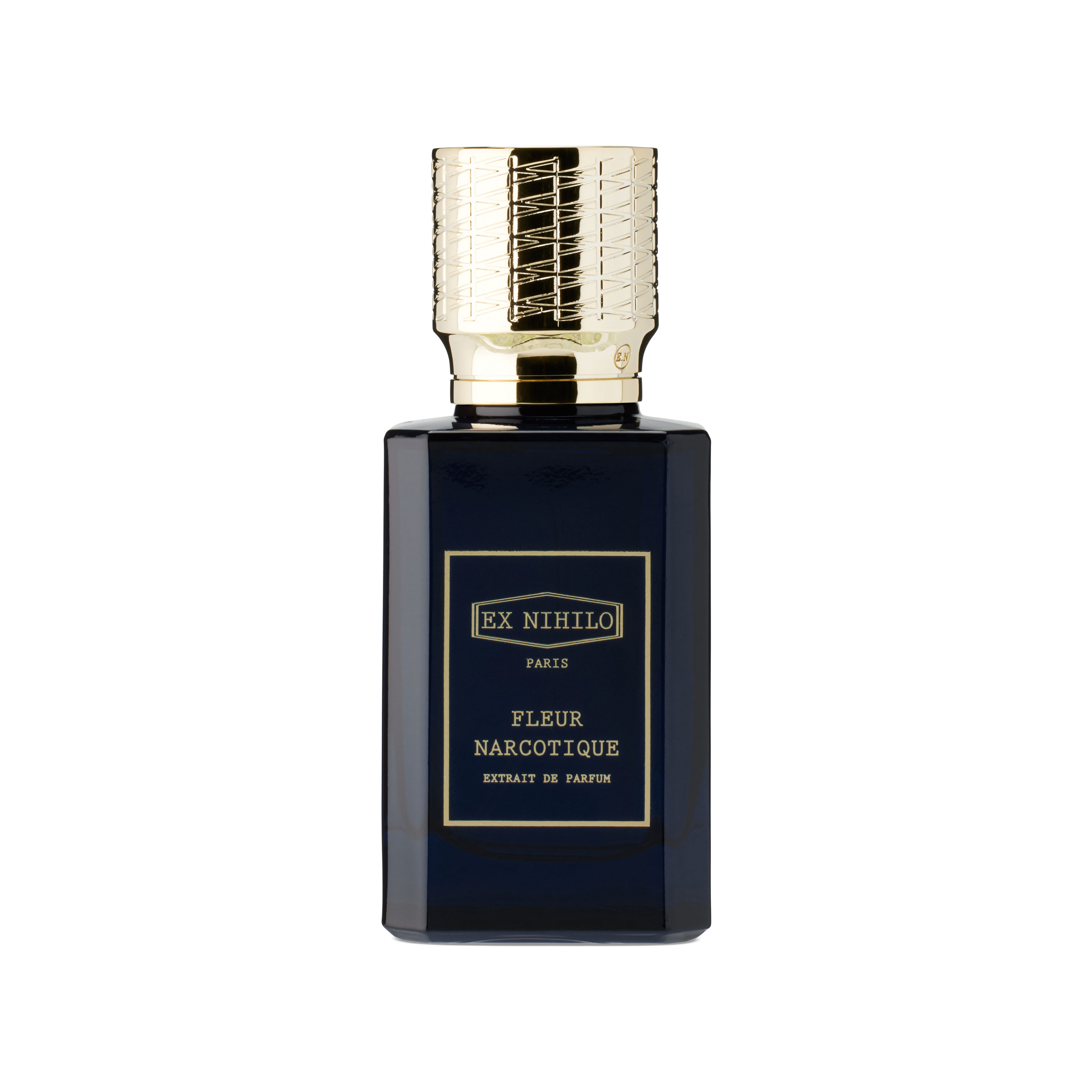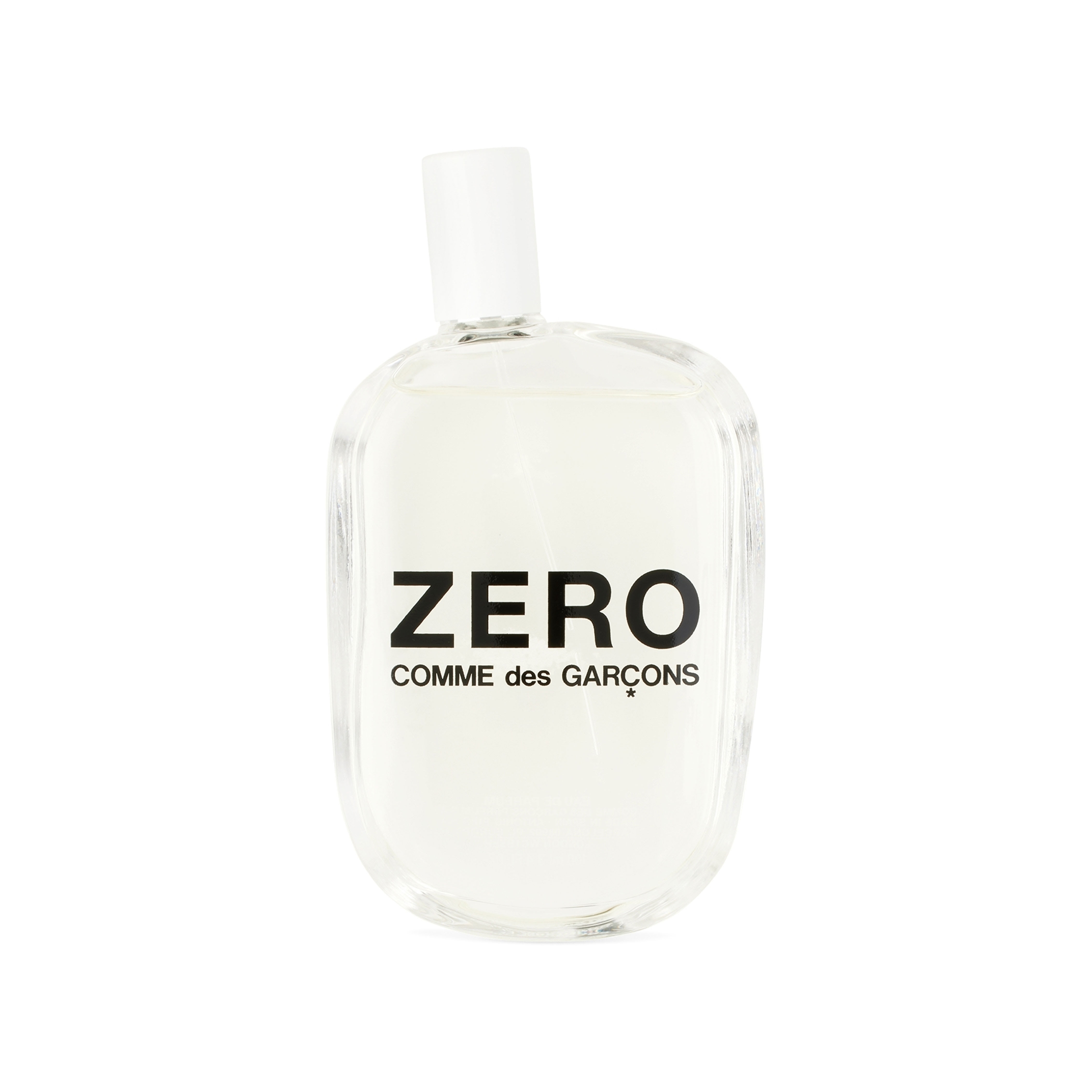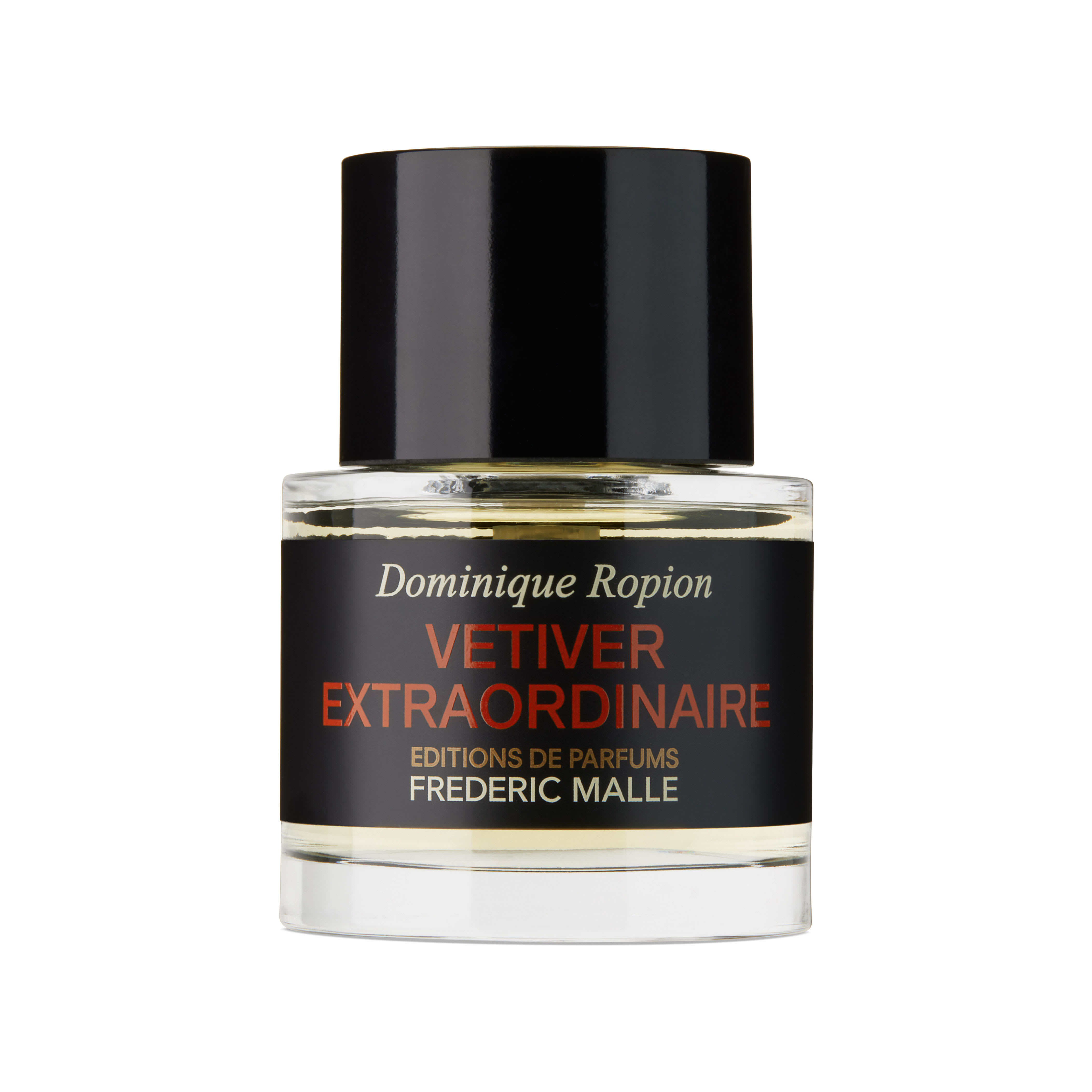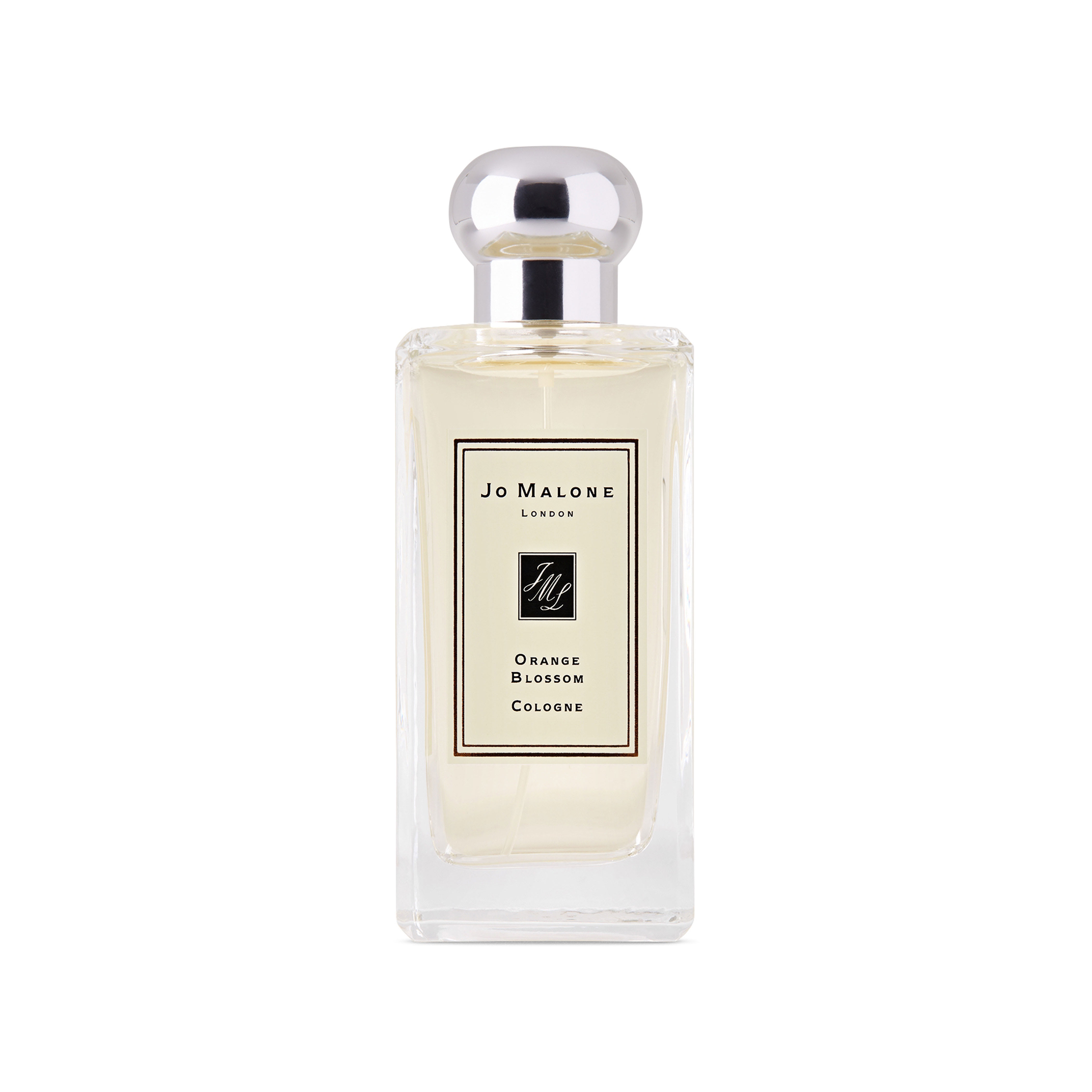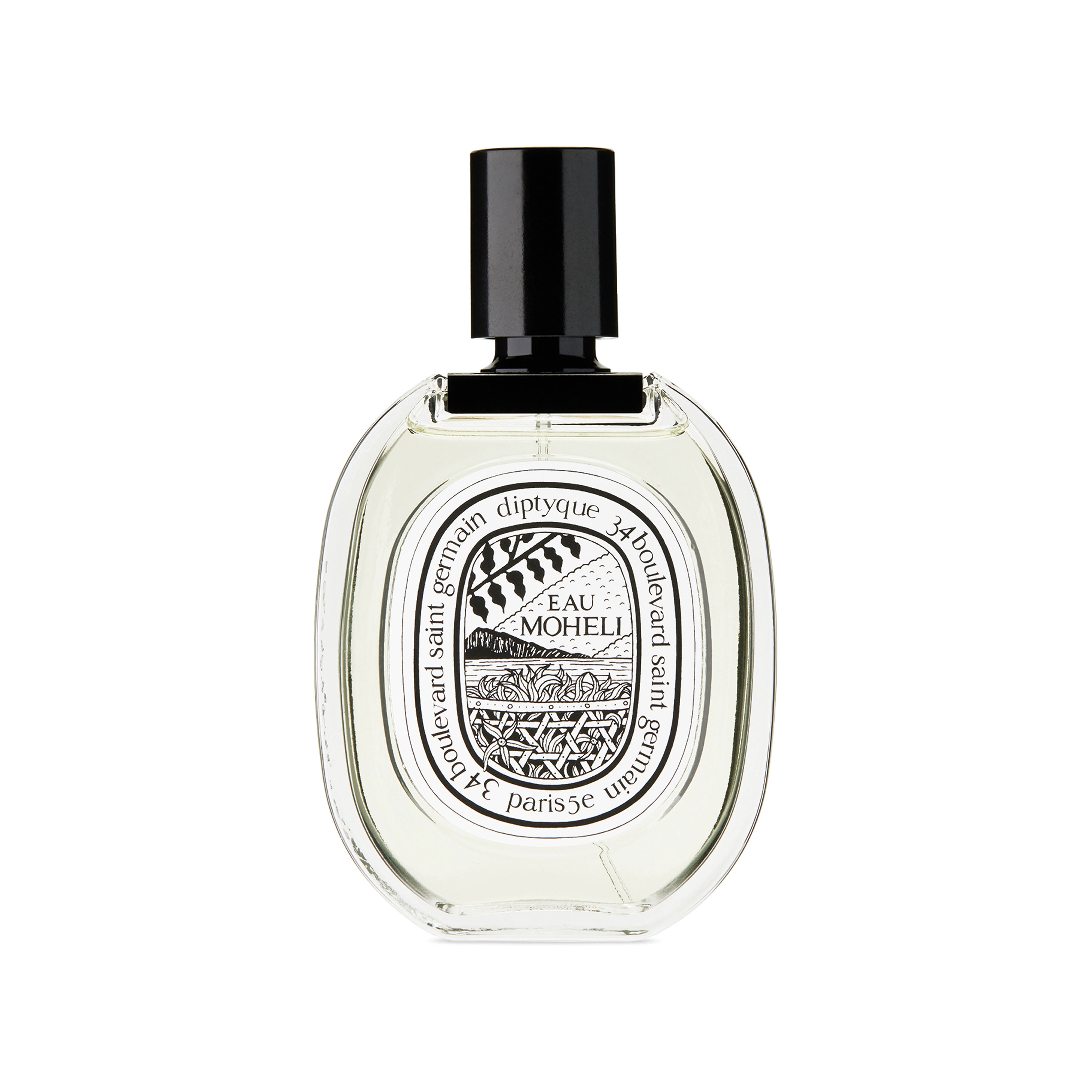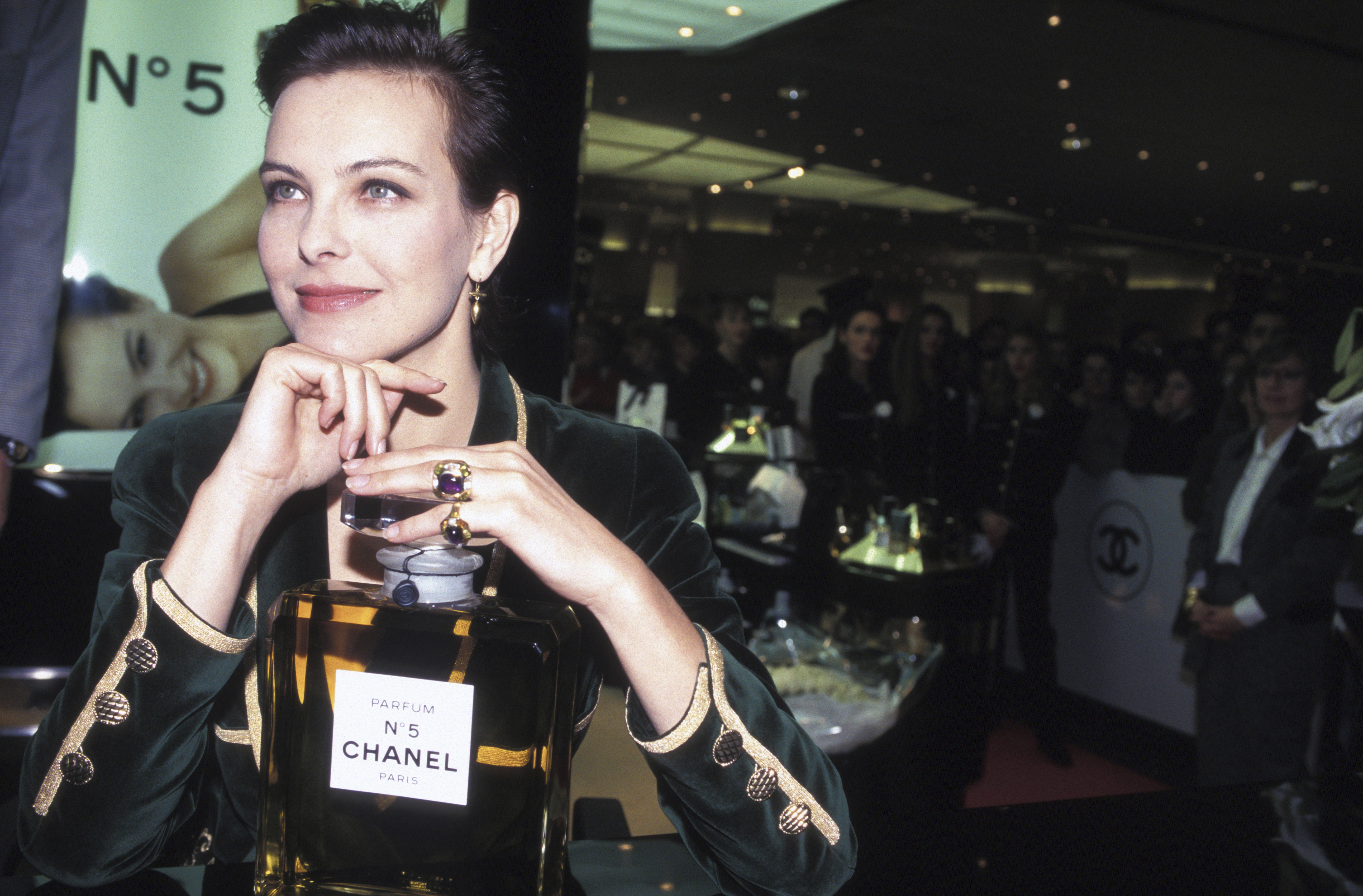
The A–Z Guide to Modern Perfume Culture
Written by
Arabelle Sicardi
Attempting a comprehensive guide to perfume that does not offend a subculture of fragrance fans is ambitious and perhaps a little doomed; even the most “successful” fragrance is bound to have ardent haters in the reviews. It’s fascinating how perfume, potions made from flowers and synthetic ingredients, can be so divisive. But the commitment to scent is a cross-generational obsession, and the smells themselves are pillars of culture at the time of their creation.
Calvin Klein’s CK ONE defined the ’90s and an era of grunge-centered cool; Yves Saint Laurent’s Opium defined the ’80s with a huge attitude and big ambers to match the shoulder pads. What are the fragrances that define more recent times—say, right now?
This particular moment in fragrance culture is akin to the industrial revolution on Adderall: every year, more perfumes are released than the entirety of the past few centuries. Some of the more memorable perfumes are great because they use incredibly beautiful and rare materials right next to the tiniest drop of something a little disgusting, a little fecal, the smallest echo of sweat. They live on in memory long after they dry down because they reveal something new about culture, or summon to us a story we did not know our imaginations could even dream of. And they do this through craft and good storytelling: the good is the good because it’s always just a little bit bad, and the bad, ultimately, is always up for debate.
From indie rebels to mass-market megahits, from Angel’s gourmand revolution to galaxolide’s synthetic takeover, here is your A–Z Guide to modern perfume culture.
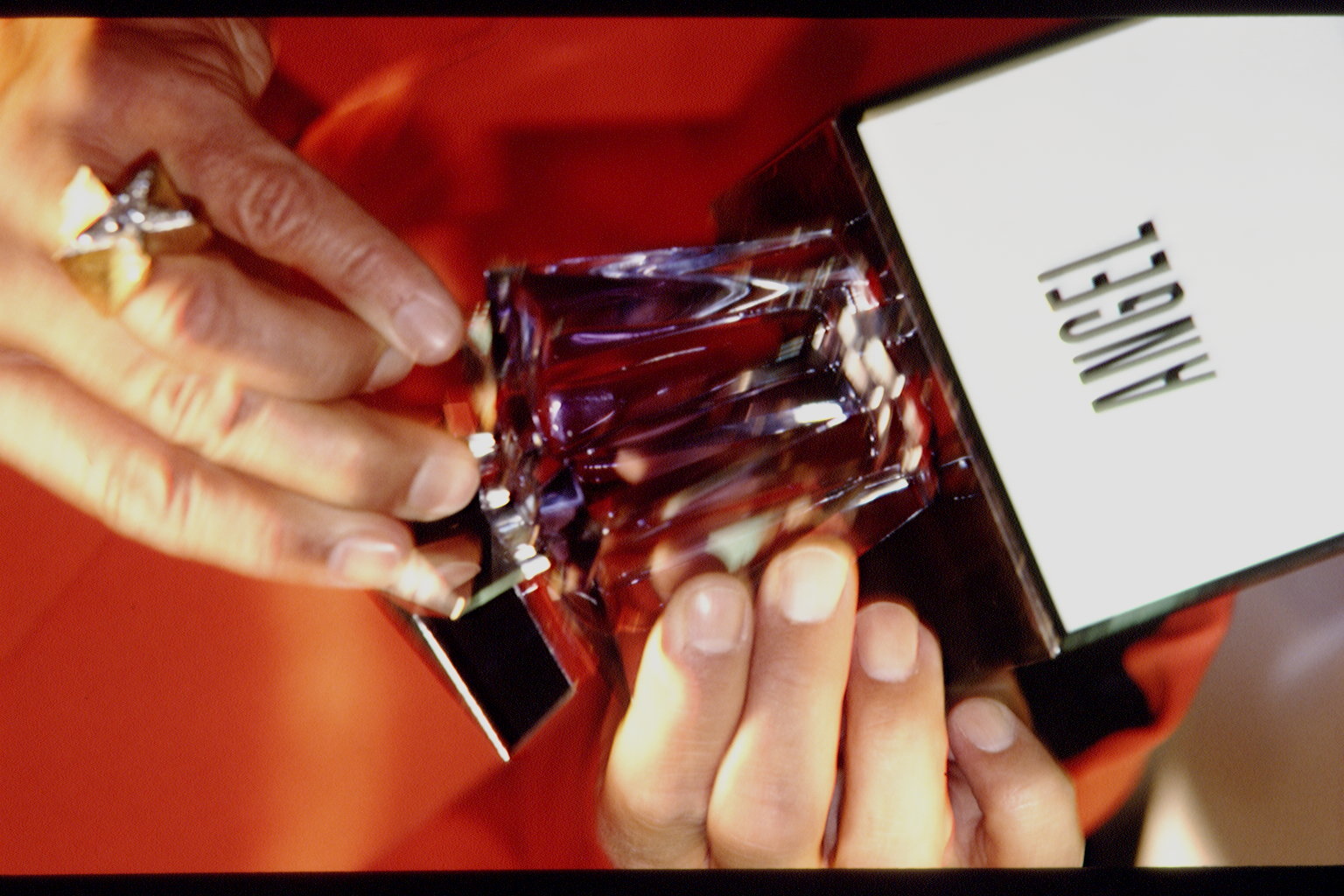
Considered the first modern gourmand perfume, which is to say, it smells more like something deliciously edible than a bouquet you’d make for a table. Think of red berries, vanilla, praline, and patchouli. When it came out in 1992, formulated by perfumers Olivier Cresp and Yves de Chirin, it kicked open a controversial category of feminine fragrance—to build femininity not on a floral concept was a risqué move.
It innovated in other ways as well, with a refillable design to encourage people to return to boutiques to refill their bottles at the Mugler-designed perfume fountains. Though, to give flowers to the eighteenth-century beauty girls, perfume fountains were once popular then, too. Such is the nature of a trend cycle. Thierry Mugler himself did of course design the bottle, which endures today in several forms, though the original Angel has been reformulated and iterated on a few times now. It remains a sleeper hit best-seller. If you were to look into the fragrance wishlists of any modern perfumer today, it would contain the original formula edition of Angel on all of them, without fail.
The fragrance that launched ten thousand dupes. If you had to pin down the smell of Miami in 2016, to say it smells of BR540 would not be imprecise. Originally launched in January 2016 as a limited-edition run to celebrate Baccarat’s 250-year anniversary, the initial run sold out in less than a month and has been flying off the shelf ever since. You can credit Kurkdjian for modernizing and repopularizing the gourmand category for the late 2010s. It is now one of the best-selling luxury fragrances in the world.
What does it smell like, you might ask? A woodsy gourmand, some saffron, Ambroxan, ambergris, and umami notes. Casually summarized: rich-girl perfume.
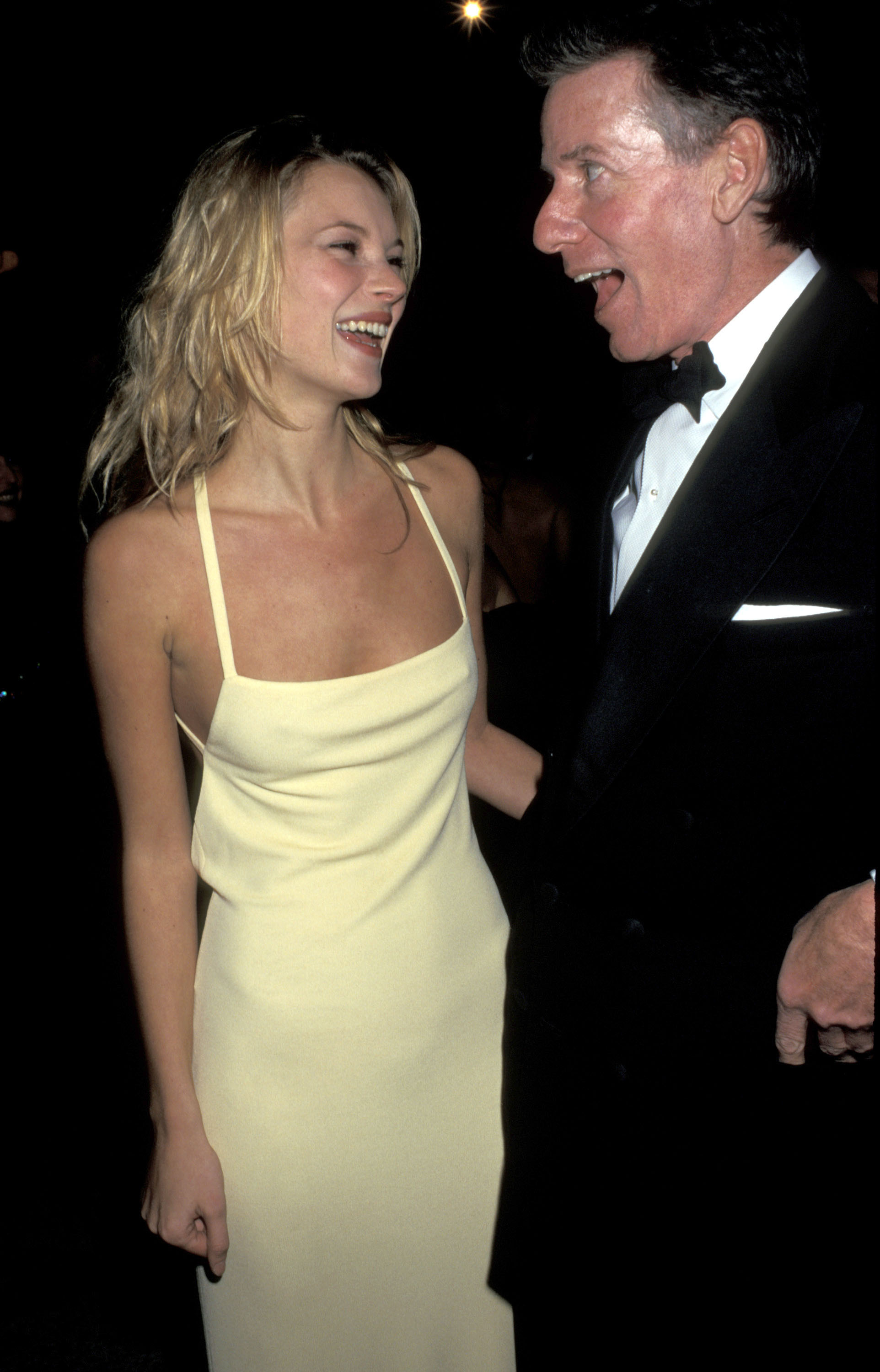
If you were to pick one perfume to define a “genderless” agenda, it would be CK ONE, Calvin Klein’s Gen X offering that launched in 1994. The ads for this perfume and this particular CK era have gone on to be permanent references in fashion and fragrance imagery. Unsurprising, considering the campaign was lensed by Steven Meisel and the campaign ends with Kate Moss saying: “The only one. CK ONE.”
They have most recently had a revival, both the fragrance and the fashion house. For the first time in six years, Calvin Klein hosted a runway show at NYFW. Some of the models had CK ONE-inspired handbags. Appropriate homage, considering the perfumes have likely outsold every other product the brand sells.
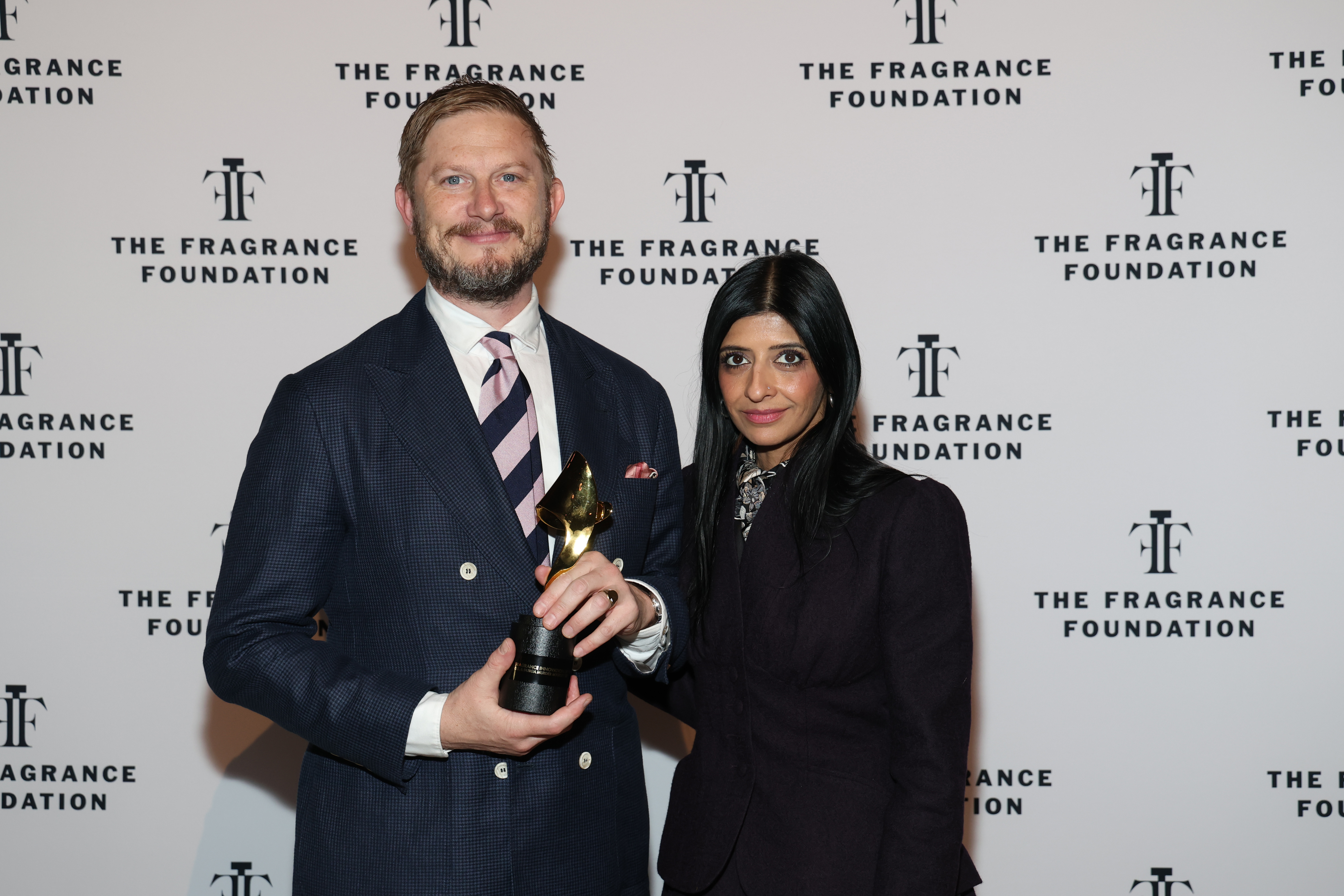
D.S. & Durga is a New York–based perfume house run by husband-and-wife duo David Seth Moltz and Kavi Ahuja Moltz. David is the self-taught perfumer of the duo and Kavi (also known as Durga) is an architect. The house has been around for 20 years, and consistently has some of the coolest offbeat perfumes inspired by music, art, and design. Smell Durga for the superdose of tuberose absolute, a flower perfumers across generations have fallen in love with. It is creamy, white, rich in orris butter and orange flower absolute. Another hit from the house is Debaser, inspired by The Pixies song, and just as good.
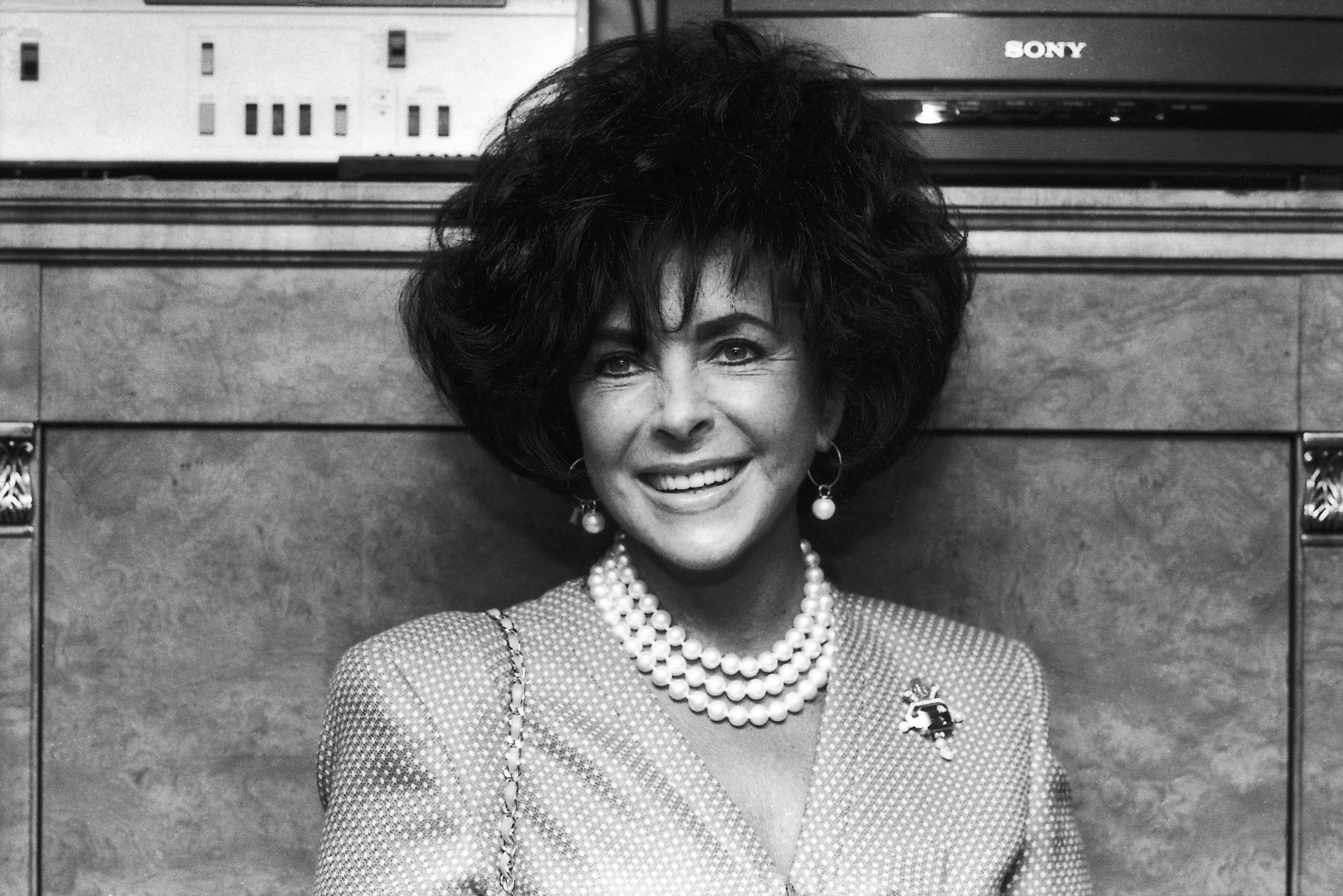
White Diamonds by Elizabeth Taylor is widely considered to be the first “celebrity” fragrance, but that is imprecise. Perfume houses collaborated with famous artists before her olfactory debut. Dali created the perfume bottle Le Roy Soleil for Schiaparelli in 1947, several decades beforehand. Audrey Hepburn was actually the muse behind Givenchy’s L’interdit in 1957, but the perfume isn’t named after her. Sophia Loren launched Sophia through Coty in 1980. All that aside, White Diamonds was the most successful celebrity launch of a certain generation, and paved the way for the many, many, many, many, many attempts that have emerged afterwards.
The ’90s were a wave of celebrity perfume launches because of White Diamonds by Elizabeth Taylor. It is an example success story of a celebrity perfume empire, not simply a one-off ambassadorship or collaboration.
Firmenich is one of the oldest perfumeries in the world and merged with another ancient company, DSM (Dutch State Mines), in 2023, to form a juggernaut of sensorial production. Firmenich is responsible for the launch of many of the main molecules used endlessly in fragranced products today: Hedione, Ambroxan, Furaneol. (Is it not wild to know that the very building blocks of a smell can be man-made?) A huge percentage of the fragrance materials used worldwide, by brands big and small, come from three fragrance suppliers worldwide: DSM-Firmenich, Germany’s Symrise, and USA’s IFF. Altogether they hold 60% of the entire fragrance supply market. You may not know their names, but you absolutely surround yourself with materials flavored or perfumed by their factories.
There are so many Gs in perfume: GUERLAIN, the famous perfume house. Givaudan, the supplier juggernaut. Grasse, the cradle of European perfumer history. Let’s get granular and go with smell stuff specifically. Galaxolide is a famously important synthetic musk and it is found in scented goods far beyond perfume bottles. It is used in laundry detergents, household cleaning products, all kinds of soaps—all because it is very stable, clings well, and is water insoluble. (Too much of a good thing is bad in the end, though. There is now a high enough level of it found in the Great Lakes and large bodies of water to affect the health outcomes of fish and marine wildlife, because it survives both wastewater and the afterlife of treating wastewater.)
When you think of the smell of “clean,” you may be thinking of galaxolide. The perfumer Jean-Claude Ellena refuses to use the molecule, and has had his family rewash laundry to remove the lasting smell of it so he can fall asleep at night. I suspect knowing the olfactory molecular breakdown of your sheets can really feel like you’re falling asleep at work.
If you were to make a hot-girl niche perfume starter pack, it would include a bottle of Hexensalbe. This perfume is inspired by witches’ flying ointment, a hallucinogenic salve used in witchcraft in the middle ages, and naturally the salve was also extremely poisonous. It created an ecstatic trance and sexual hunger; it was sometimes rubbed on the end of a broomstick while a witch really rode it. The perfume translation of this salve is just as hot and gothic— wormwood and angelica, hemlock and patchouli. It is the fragrance personification of a woman with smudged eyeliner that steps on a man and the man says, correctly, “Thank you.”
Iso E Super is a synthetic molecule used in perfumery for a warm, woodsy softness and is found in a vast majority of modern perfumes. It was first discovered and then patented by scientists John B. Hall and James M. Sanders at International Flavors & Fragrances (IFF) in 1973, and has since become a perfumer’s staple. It helped reshape conceptions of men’s cologne when used in Dior’s 1988 Fahrenheit, which was very different from the fougère scents that cluttered the genre. Fahrenheit is 25% Iso E Super, which is considered an “overdose” of single material. It is also famously used in Lancome’s Trésor, formulated by Sophia Grojsman. Her combination of Iso E-Super, galaxolide, Hedione, and a-methyl ionone is a base formula that has been consistently riffed upon since she launched it. It even has a name of its own: the “Hug Me” accord. She used 18% Iso E in Trésor.
The fragrance house Escentric Molecules is predicated entirely upon overdosing their formulas to be Iso E Super first, last, and mostly—and miraculously, it totally works. Molecule 01 from the brand has been a best-seller for niche perfume retailers since its launch.
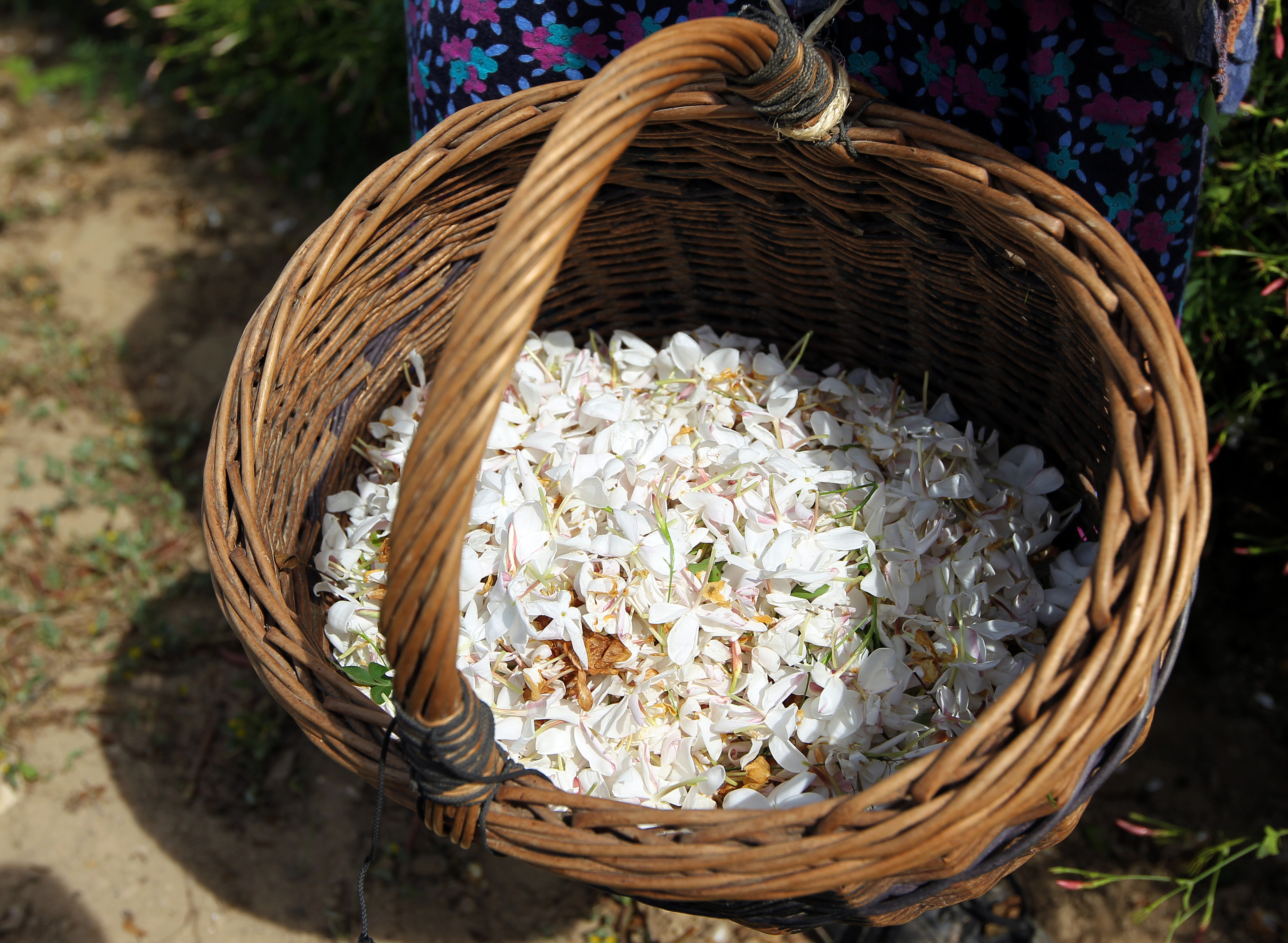
Jasmine is a flower and fragrance note that casts a fragrant shadow over many millennia. Egyptians used it to perfume bathwater in the first millennium, and in China it was a specialty tea served only to emperors. Classic perfume compositions often have jasmine in the notes, and the modern blockbusters use it, too. From Creed’s Aventus (the perfume of the 2010s) to CK ONE, Byredo’s Bal d’Afrique to Tom Ford’s Tuscan Leather and Armani’s Acqua di Gio Pour Homme, jasmine is found in the heart note of millions of bottles around the world.
There are many planets in fragrance culture’s universe, and the world that Kayali has built is a uniquely welcoming one built on the founders Huda and Mona Kattan’s Middle Eastern heritage. If there was a fragrance culture personification of a girl’s girl—the girl most likely to help you out in the bar bathroom, the girl bound to make sure you get home safe, the girl who actually takes a good photo of you in public because your boyfriend is incapable of doing so—she’d be wearing Kayali. These fragrances are typically sweet, gourmand creations. The name of the game is to layer them into a uniquely you combo.
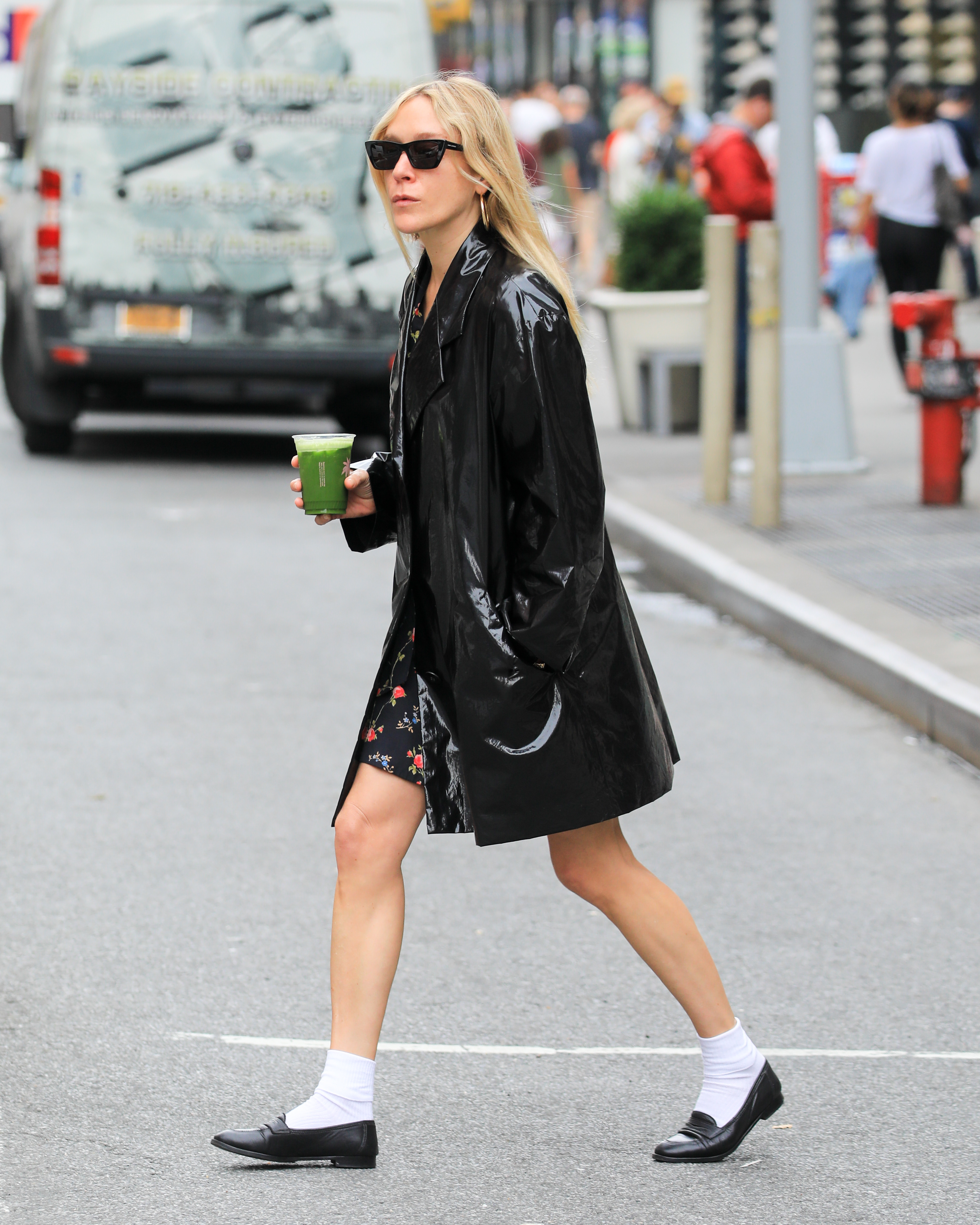
If you ever wonder what the coolest women in the world smell like, I can tell you that Chloë Sevigny smells like black currant bud, pomelo, rose, and palo santo, because those are the notes of the perfume she collaborated on with the house Régime des Fleurs. They spent a year going through 33 revisions to get it right. Launched in 2019, this is a gorgeous and delicate rose perfume, and one of the coolest celebrity fragrances ever launched. (There are many contenders for number one.)
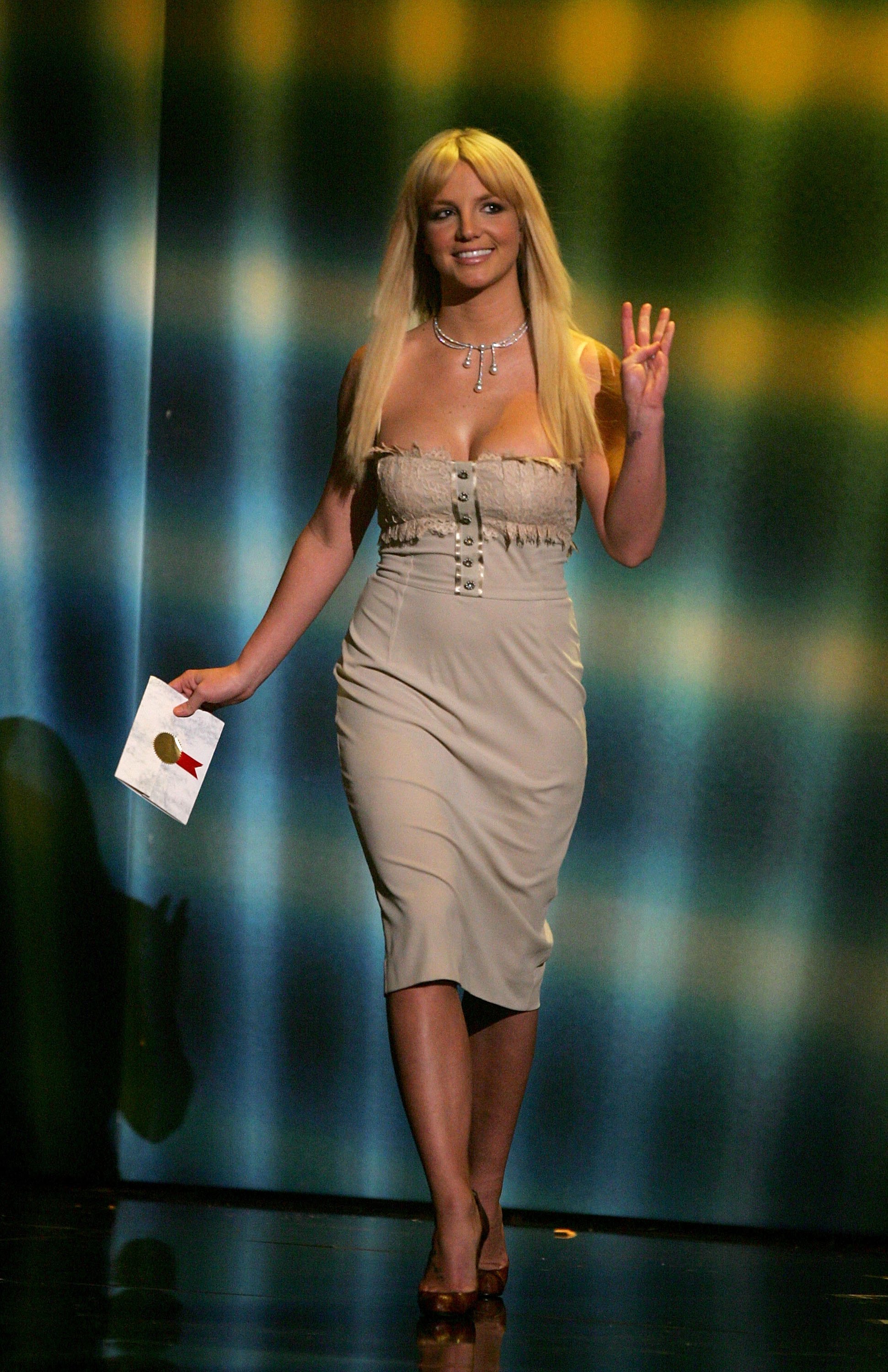
We owe so much culture to Britney Spears, not the least of which is the spectacular Midnight Fantasy perfume sold in her name since 2006. The perfumer Caroline Sabas translated Britney’s neon-sweet pop music into a formula as blockbuster as the songs. One of the only celebrity fragrances to ever secure a four-star (excellent) rating by the Times perfume critic Chandler Burr, Burr described it accordingly: “If Chanel No 5. were a Jolly Rancher flavor, this would be it.”
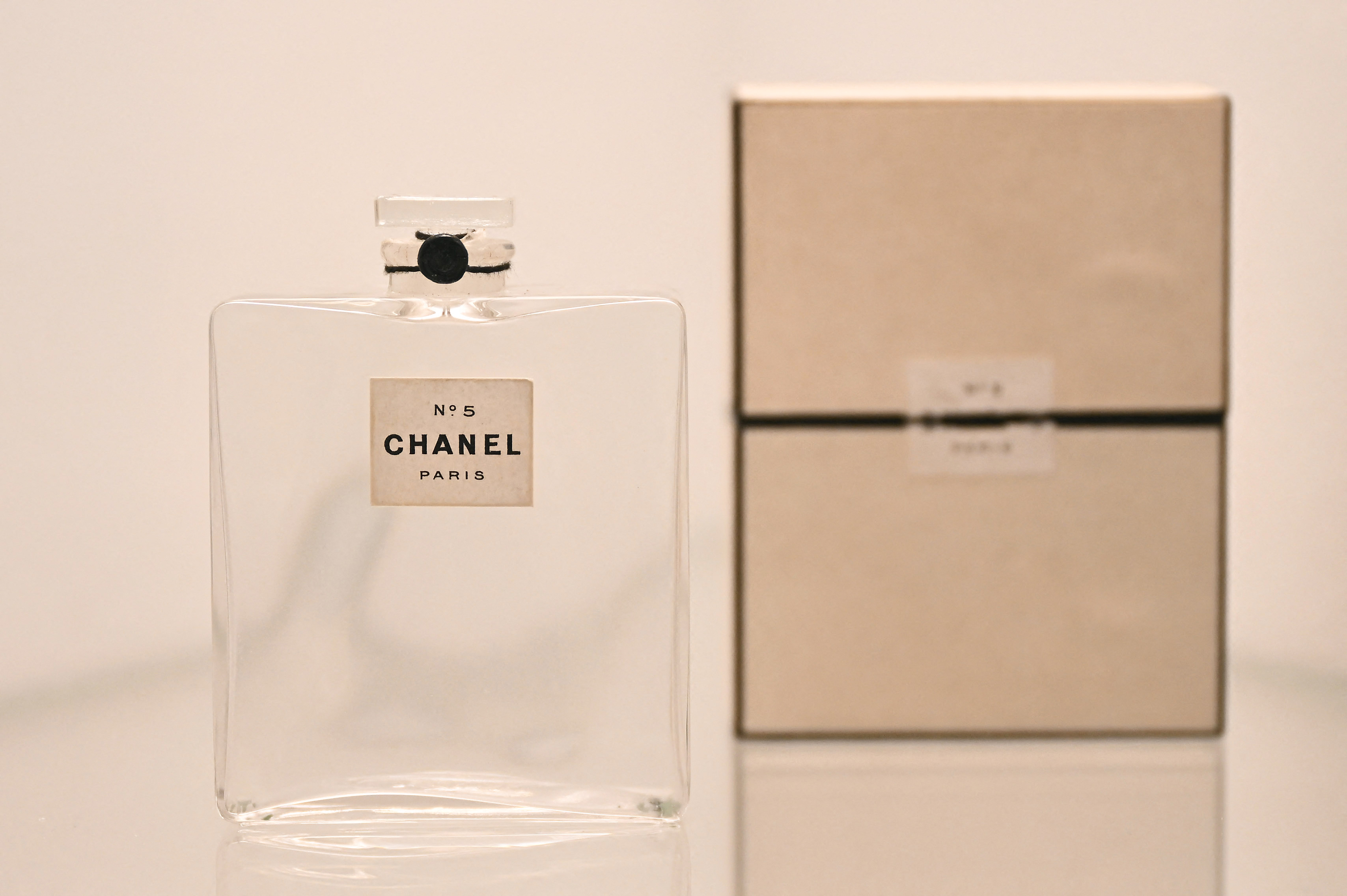
This list would be heinously incomplete without a nod to the Mother Monstre parfum. (With apologies to Lady Gaga fans, Chanel No. 5 was called le monstre first, due to the incredible sales.) As of this year it is no longer the best-selling fragrance in the world, but it is still in the top ten. As a top executive at Chanel’s most direct rival once raged, “It’s unbelievable. It’s not a fragrance, it’s a goddamn cultural monument, like Coke. It’s the reference.”
When fragrance-heads, lacking the language to more accurately describe a fragrance, call a perfume “grandmotherly,” they usually mean it smells like No. 5’s aldehydic blooms. The powder, the soapiness, the “skin scent” of aldehydes make it feel sensual, expensive, and secretive. It is often mistakenly considered the first modern perfume to use synthetic fragrance materials in its formula. That honor goes elsewhere, but No. 5. has been the most enduring and most commercially successful.
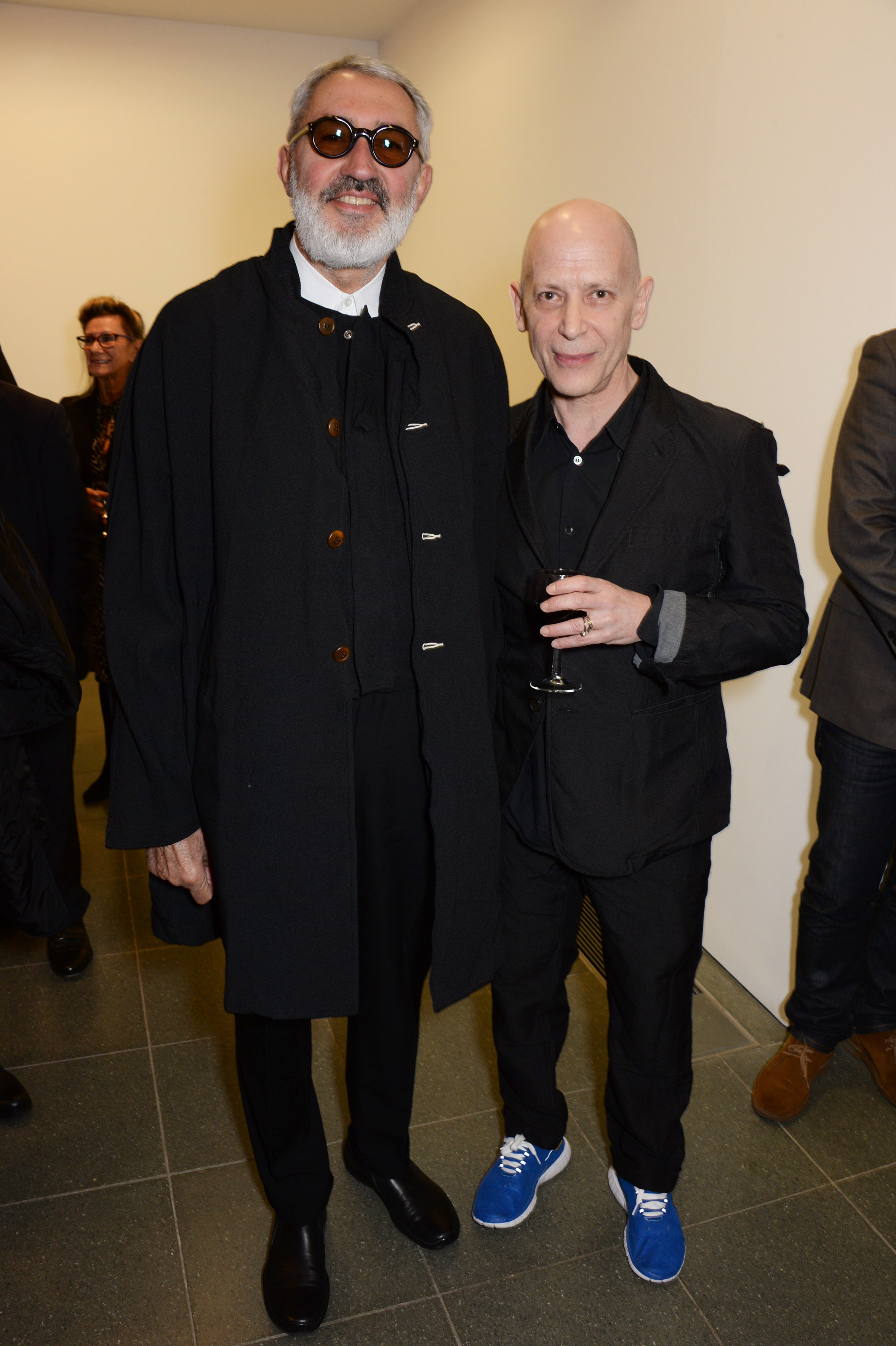
The “anti” perfume of historical relevance, Odeur 53 was Comme Des Garçons’s entry into fragrance with an anti-establishment edge the house is known for. It uses all synthetic molecules, leaning deeply into newer technologies as opposed to the fragrance old-guard. The notes for this are as atypical as you’d imagine for a fragrance that claims to be antithetical to the olfactory genre: oxygen, flaming rock, “flash of metal,” and nail polish. Christian Astuguevieille, the creative director of Comme des Garçons perfumes, pitched it to Rei Kawakubo and even she thought it was crazy at first.
When you say “rose perfume,” what I hear is Portrait of a Lady—it is the quintessential definition. Frédéric Malle is a nepo-baby of perfumery, being the grandchild of Serge Heftler-Louiche, the perfumer who created Parfums Christian Dior and specifically Miss Dior in 1974. This is to say that he has a rich olfactory lineage to draw from, and it comes out in the composition of Portrait of a Lady with a classic combination done with a modern twist. Malle’s own perfume house has been around for 25 years now, and the success of the line is in large part due to the success of this singular release and the many forms it now comes in: hair mist, hand cream, body oil, and so forth.
Quentin Bisch is the nose behind many of your favorite fragrances, like Parfums de Marly’s blockbuster Delina series, Carolina Herrera’s Good Girl and Bad Boy, Jean Paul Gaultier’s Le Male Elixir, and Paco Rabanne’s 1 Million Parfum. It wouldn’t be an exaggeration to say his touch has become its own layer across the olfactory Internet. Scroll through TikTok’s fragrance bros or snoop through any celebrity’s beauty closet, and chances are they possess at least one—or maybe five—of his perfumes, whether it’s for a huge luxury brand or a more niche one like Maison Crivelli or Ex Nihilo.
Edward Roudnitska was a perfumer whose work defined nearly a century of smells. He created Elizabeth Arden’s It’s You in 1939, along with Hermès’ Eau d’Hermès, Dior’s Diorissimo, and the original Dior Eau Sauvage. Many consider him the greatest perfumer of the 20th century and the inventor of "modern" perfumery.
Anyone who worked in the fashion industry in New York City in the 2010s can confirm the Condé Nast elevator smelled like fear and Santal 33. Le Labo is ultimately the niche-brand to mega-brand fantasy that many other brands hope to replicate, due in large part to the success of Santal 33 specifically. No fashion boyfriend bathroom vanity would be complete without either an Aesop or Le Labo hand soap. Live long and Le Labo.
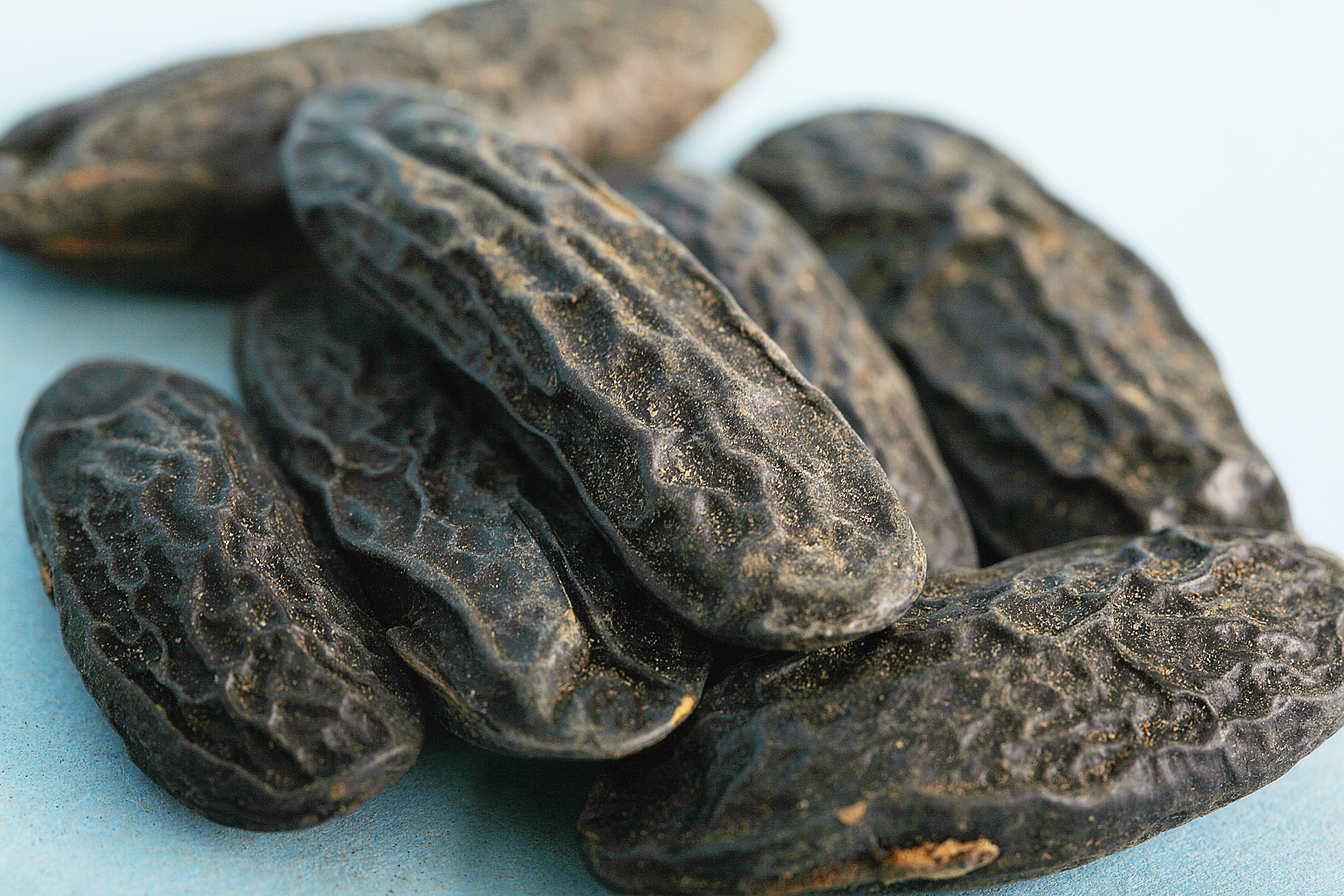
Tonka beans are peas, not beans—infuriating knowledge, I know. The tonka bean is black, wrinkly, and when grated gives off the aroma of coumarin, which smells sweet, and like vanilla and almond. Many contemporary gourmand fragrances use tonka for its dynamic nature between sweet warmth from a candy and something more nature-oriented, like hay. It can offer both impressions. Dior’s perfumer, François Demachy, describes it as “a concentrate of sensations and aromas. It has a multifarious seduction. Its milky sweetness invariably attracts, but it also reveals a soft yet surprising bitterness when you taste it.”
Find it in Chanel’s Coco, Dior’s Addict, Guerlain’s Shalimar and Mugler’s Angel.
Don’t call the wellness warriors on us for this one, but urea in fragrance is a functional ingredient that helps fragrances stabilize and retain moisture. It helps carry and disperse the scent and control pH. Not all fragrances, you see, are created equally stable or skin safe. Every year there are adjustments on ingredients banned or restricted for a multitude of reasons: It’s one of the reasons many of your favorite fragrances might be quietly reformulated. While fragrance is certainly an art of the imagination, it is, at the end of the day, a very profitable science of chemical innovations, too.
A kind of grass from the tropics. It is a fixative material usually found in the base of a perfume—which means you can expect to smell it towards the end of your smell-journey. It’s known as the “fragrance of the soil” and is sometimes cultivated to decontaminate soil and stop erosion. The smell of vetiver is fresh, balsamic, woodsy and is known to be effective for soothing anxiety, insomnia, and sometimes the inability to remember. It’s also like a fine wine in that the older it ages the better it gets. It is aged at least six months before it is ever used in perfumery.
Vintage perfumes tend to be full of white flowers: there’s tuberose, jasmine, gardenia, orange blossom, neroli, magnolia, ylang ylang (more on that in a bit). This category could be understood as indolic, because they’re heavy with indolence compounds. What this means, practically, is that they can smell floral in small quantities or turn fecal and animalic in bigger ones, just as a flower can go from freshly plucked to rotted. It’s a quality alive with potential.
If you care about perfume longevity and sillage with the same passion you do your lovingly maintained car and have a ranking of hair gels, this is the perfume brand for you. Male perfume influencers collect this niche house with the same devotion that card collectors preserve their rarest cards. These are “power” perfumes, in the sense they are long-lasting, project loudly in the room, and are deeply revered by dudes. Naxos and Torino 21 are beautiful choices from this niche house—and it’s pronounced zer-yoff, not “jerk off,” though some of its alpha-male fans tend to inspire the latter term.
A rare flower with six long, slender petals that can resemble a deep-sea creature. Ylang ylang—used by everyone from Le Labo to Diptyque—is native to the Philippines, Malaysia, India, and other Southeast Asian countries, and is so quintessential in perfumery that it’s been called “the perfume flower.”
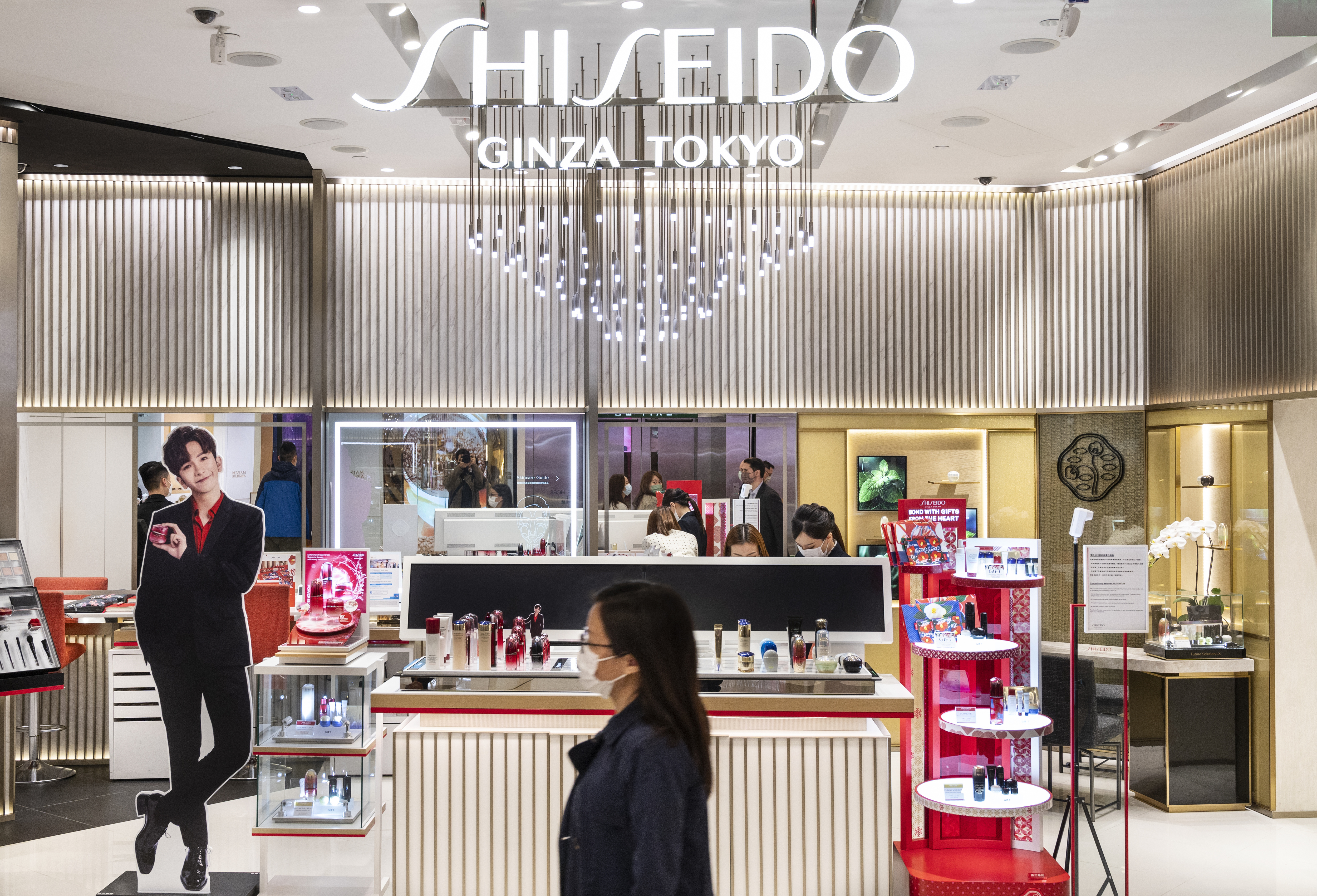
Launched in the ’60s by the Japanese brand Shiseido, Zen was unique for the time for offering a light, green, fresh scent as opposed to the heavy, opulent power-smells of the 1960s. It was originally formulated by Joséphine Catapano, and was reformulated twice over, lastly in 2007. The last formulation opens with hyacinth and moss, and includes a “space rose” ingredient sponsored by NASA, originating in microgravity environments in space. Shiseido was the first house to harness perfume materials from space—they combined very traditionally Japanese concepts of philosophy and fragrance profiles with cutting-edge technology for a truly memorable formulation. The legacy of Zen has stood the test of time in an industry often overshadowed by European houses.
Written by
Arabelle Sicardi
Web Design & Development
Kristina Vannan
Hero Image
Carole Bouquet dédicace le parfum N°5 de Chanel au 'Printemps' en décembre 1994, Paris, France. (Photo by ARNAL/Gamma-Rapho via Getty Images)
